The Real Deal: Your Guide to Nailing 90s Style (Without Looking Like a Costume)
I’ve been obsessed with clothes from the 90s for what feels like my entire life. It started as a teenager, digging through dusty thrift store bins for that one perfect flannel. Now, I source authentic pieces for film sets and collectors who get what the big deal is. I’ve literally held thousands of garments from that era, and trust me, you can feel the difference. The heavy, unyielding cotton of a real concert tee, the specific weight of denim made before “fast fashion” was even a thing… it’s a whole other world.
In this article
So, this isn’t another guide on how to throw together a last-minute party outfit. This is about understanding the soul of these clothes—the materials, the culture, and how you can bring that genuine, durable style into your closet today.
People are drawn to this era for a reason. The clothes were comfy, built to actually last, and had this spirit of cool, casual rebellion. A lot of the iconic looks grew out of music scenes and what kids were actually wearing on the street, not what designers dictated from on high. That authenticity is magnetic. And the first step to finding the real thing is knowing what you’re touching.
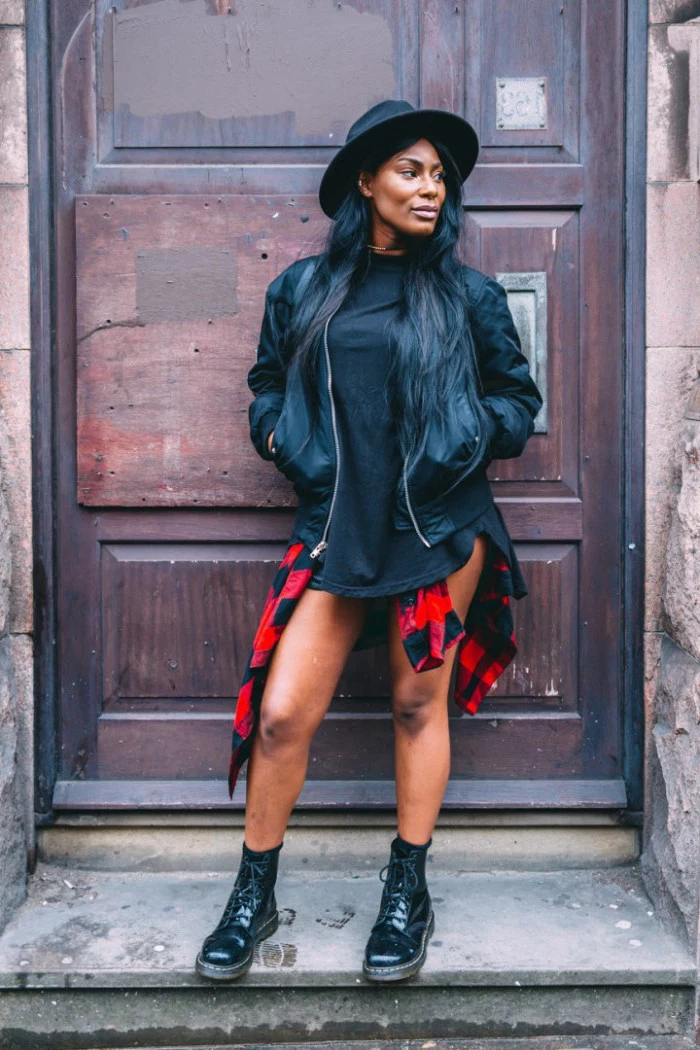
The Feel of the 90s: Getting to Know the Fabrics
You can tell the story of this entire style decade just through its fabrics. The way clothes hung, felt, and faded was everything. Unlike so many clothes today, these materials were meant to be worn and worn hard, not just for a season.
Denim: The Undisputed Heavyweight Champ
So, what’s the big deal with old-school denim anyway? Well, it was just… different. Most jeans you buy today are blended with elastane or other stretchy fibers to give you that instant, body-hugging fit. Back then, denim was almost always 100% cotton, creating a rigid, structured look that honestly needed a bit of a break-in period to truly mold to your body. We’re talking a standard weight of 12 to 14 ounces per square yard, which is noticeably heavier than your average modern pair.
That heft is precisely why vintage jeans can last forever. And while specific brands were famous, it’s the feel you’re looking for. A key marker on older jeans is a “Made in USA” tag, a sign of quality that got harder to find as the years went on.
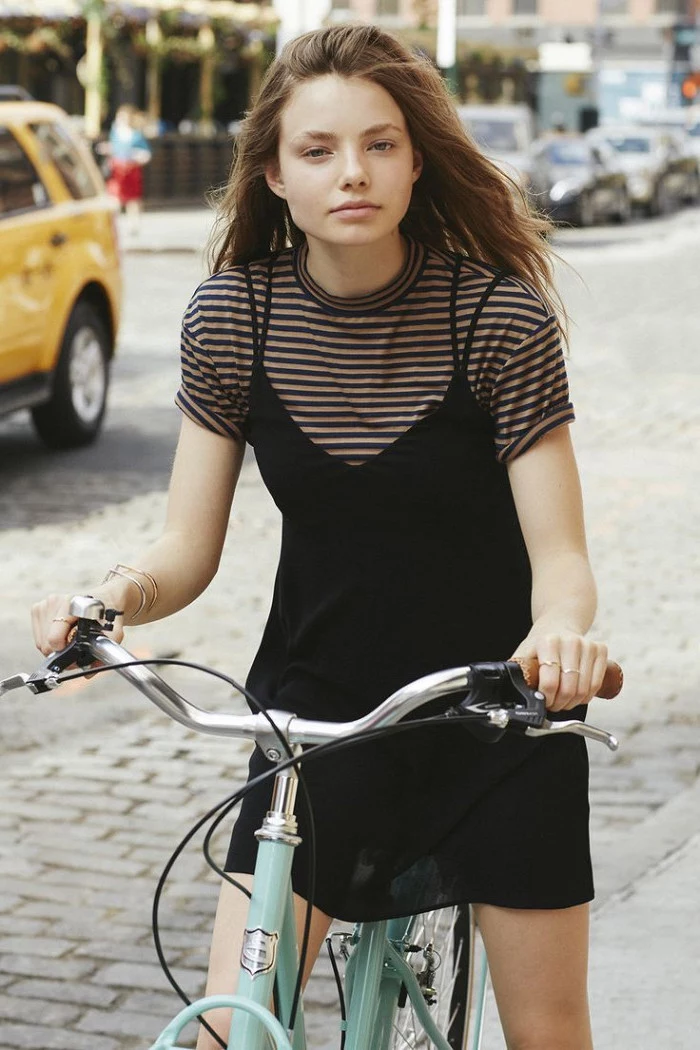
Let’s quickly break down the key differences:
- Vintage Denim: Almost always 100% cotton. It feels stiff at first and needs time to break in and soften. The fit is structured and holds its shape incredibly well.
- Modern Denim: Usually a cotton/poly/spandex blend. It feels soft and stretchy right off the rack, offering an instant snug fit but can lose its shape more quickly over time.
Oh yeah, and distressing was a huge part of the look. Stone washing, which used pumice stones to soften and fade the fabric, was everywhere. Then there was acid washing, a more intense process using chlorine that created those sharp, high-contrast patterns. Heads up: because these techniques were pretty harsh, finding a vintage acid wash piece that isn’t super worn down can be a real challenge.
Flannel: Way More Than Just a Pattern
When you hear flannel, you probably picture a plaid pattern, right? But flannel is actually the fabric itself, not the design. Its signature softness comes from a process called napping, where the woven cotton is brushed to raise tiny fibers. This is what traps air and makes a good flannel shirt so ridiculously warm and cozy.
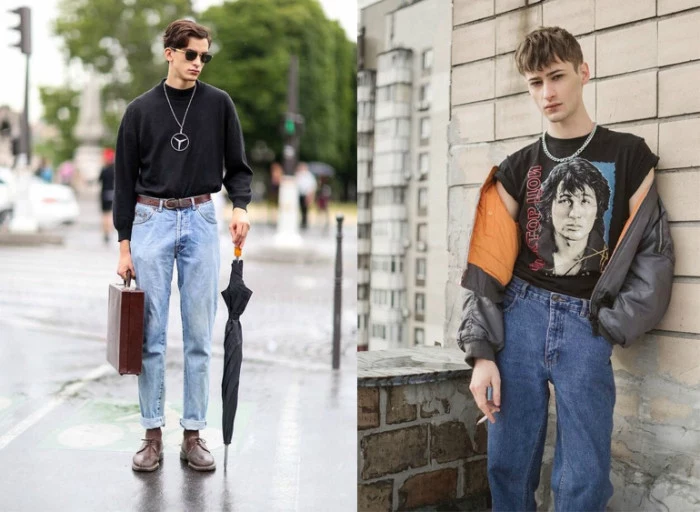
The classics were 100% cotton, originally staples of workwear long before they became the uniform of grunge. There’s an unmistakable feel to a vintage cotton flannel—it’s soft but has a satisfying weight to it. A lot of modern, cheaper versions use polyester blends. They might feel soft in the store, but they don’t have the same breathability or durability. A good one feels less like a shirt and more like your favorite old blanket.
The Rise of Sporty Synthetics
The 90s also went big on synthetics. Nylon, polyester, spandex, and rayon were everywhere and made totally new styles possible. Think shiny nylon windbreakers and tracksuits that went from the gym to the street, thanks to their bold colors and water-resistant qualities. Sportswear brands truly crossed over into high fashion during this time.
Spandex, in particular, was the secret ingredient for all the tighter-fitting styles. It was woven into cotton to create the bodycon dresses and crop tops that couldn’t have existed otherwise. On the flip side, you had the iconic slip dress, often made from rayon. Rayon is a semi-synthetic that drapes beautifully, offering a slinky, fluid silhouette that was the perfect contrast to all the baggy clothes.
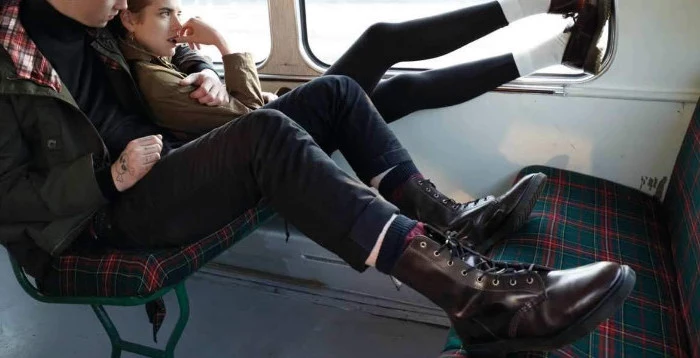
Velvet and Corduroy: All About Texture
Texture was a massive part of the style story. Crushed velvet became a go-to, especially in the goth and grunge scenes, for its rich look that catches the light. Velour, its knit cousin, was the star of all those comfy-cool tracksuits.
And you can’t forget corduroy. It’s a super durable cotton fabric with distinct raised lines called “wales.” The number of wales per inch tells you what you’re looking at. Thick, wide cords (like an 8-wale) were perfect for those baggy pants and jackets. Finer cords were used for shirts. Honestly, the swish-swish sound of corduroy pants is a core memory for anyone who lived through the decade.
The Unofficial Uniforms: Style from the Streets
You really can’t get 90s fashion without understanding the music and subcultures that created it. The most powerful looks bubbled up from the ground, not down from the runway. Each had its own vibe.
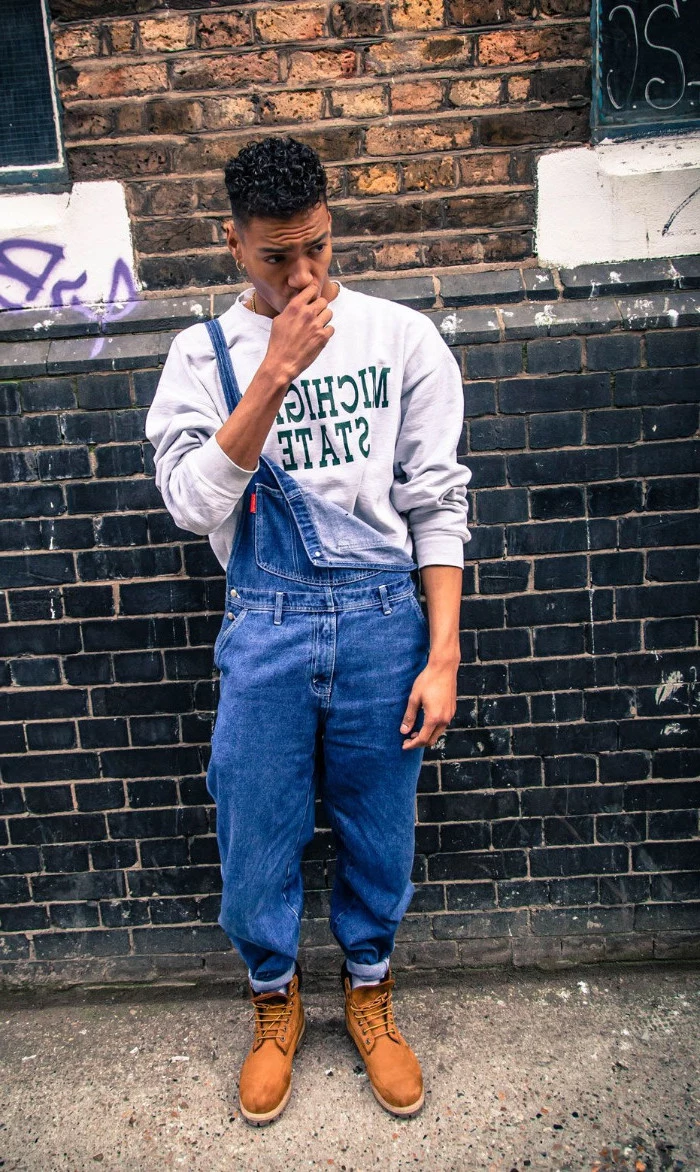
Grunge: The Pacific Northwest Vibe
This look was born in the cool, damp climate of the Pacific Northwest, where layering just makes sense. It was the ultimate anti-fashion statement, a direct rejection of the polished, over-the-top 80s. The goal was to look like you didn’t care (even if you secretly did).
Grunge Starter Kit:
- Oversized Flannel Shirt: The absolute essential. Look for heavy cotton. (Thrift store: $10-$25, Curated vintage: $40-$65)
- Vintage Band T-Shirt: Preferably single-stitch and worn soft. (Price varies wildly, from $20 for a generic to $200+ for a rare one).
- Ripped, Light-Wash Jeans: Baggy or straight-leg, perfectly worn-in. (Thrift store: $25-$50)
- Combat Boots: Scuffed up is a plus. The chunkier, the better.
Quick tip: Tying the flannel around your waist wasn’t just for show. It was a legit way to carry an extra layer when you ducked inside a warm coffee shop or venue.
Hip-Hop: Bold, Baggy, and Confident
Early 90s hip-hop style was all about oversized silhouettes, proud logos, and a workwear edge. It projected confidence and status, starting on the East Coast and quickly taking over the world.
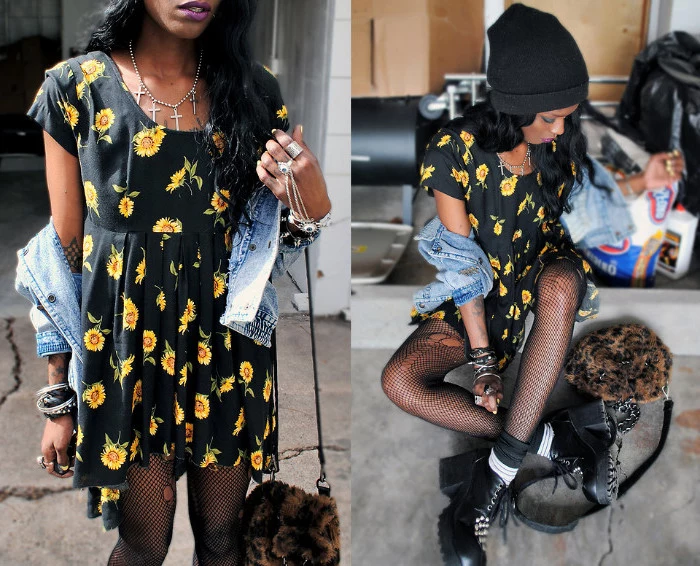
Hip-Hop Starter Kit:
- Baggy Denim: Look for super wide legs and often intricate pocket details from iconic urban brands. (Online marketplaces: $60-$150, depending on brand and condition).
- Oversized Hoodie or Sports Jersey: Heavyweight cotton is key. (Thrift store: $20-$40)
- Puffer Jacket: The bigger and bolder, the better. The classic cropped puffer became an icon.
- Work Boots or Classic Sneakers: Think sturdy tan work boots or crisp, clean basketball sneakers.
It was an art form. The trick was in the proportion. Even though the clothes were several sizes too big, they were often kept in perfect, pristine condition. A fresh pair of kicks was a status symbol, a total contrast to the worn-in grunge aesthetic.
Rave: Peace, Love, Unity, and Phat Pants
Rave fashion was built for freedom of expression and dancing all night long. The clothes had to be comfortable, colorful, and a little bit weird. It was a visual explosion.
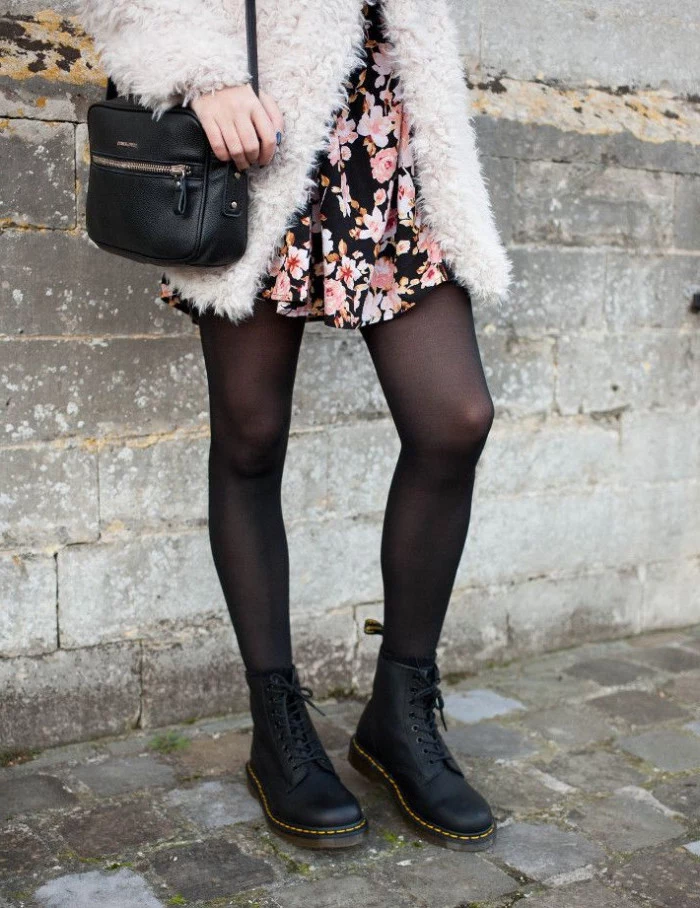
Rave Starter Kit:
- Extremely Wide-Leg Pants: Often called “phat pants,” made from denim or canvas with details like reflective strips. (Specialty online shops are your best bet: $80-$200).
- “Baby Tee” or Athletic Top: A tiny, tight t-shirt to contrast with the huge pants.
- Platform Sneakers: Gave you height and a futuristic look while still being comfy enough to dance for hours.
- Playful Accessories: Think beaded bracelets, visors, and anything that glowed in the dark.
Heads up! A serious warning about vintage platform shoes. Over decades, the glue holding the sole to the shoe can get incredibly brittle. I’ve seen soles literally fly off mid-step. If you find a pair you love, gently bend them and check the seams. A good cobbler can often re-glue and secure them for you, usually for around $25-$50. Way cheaper than a trip to the ER for a twisted ankle!
Your Field Guide to Finding the Good Stuff
Building a modern wardrobe with these pieces is all about the hunt. Knowing where to go and what to look for is 90% of the battle.
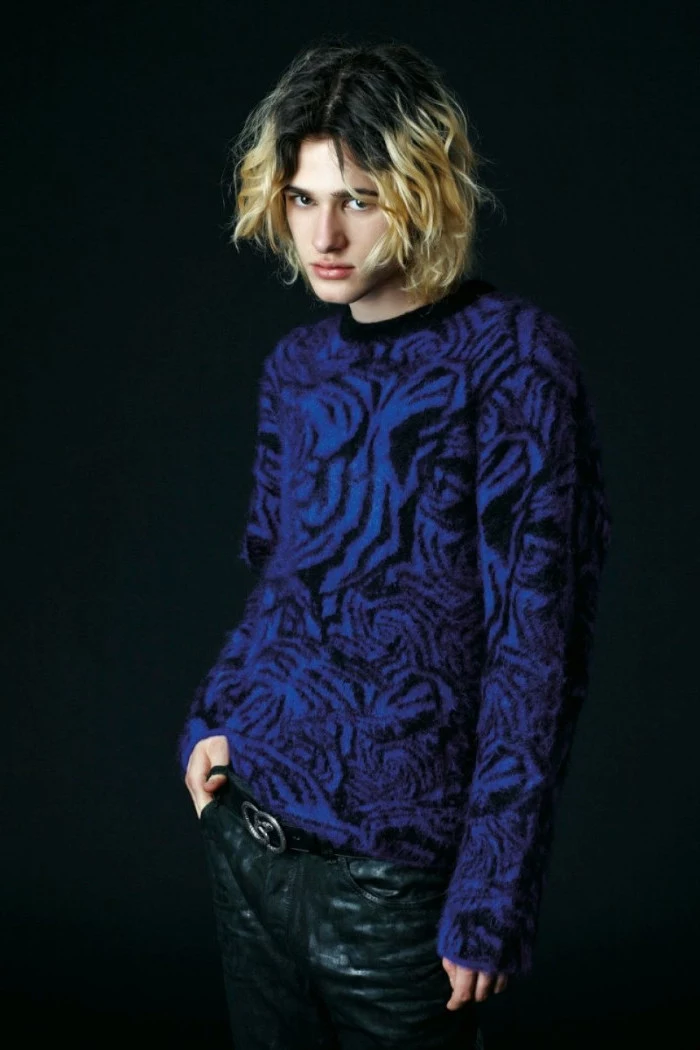
Where to Shop
- Thrift Stores (like Goodwill or local spots): This is the classic treasure hunt. It takes patience, but the payoff is huge. My best tip? Don’t just stick to your own section. I find the best oversized flannels and denim jackets in the men’s section.
- Curated Vintage Shops: These stores do the hard work for you. Everything is clean, selected for quality, and priced accordingly. You’ll pay more—say, $50 for a denim jacket that might be $15 at a thrift store—but you’re saving tons of time.
- Online Marketplaces (like Depop, eBay, Etsy): The selection is endless, but you can’t touch the items first. This is where knowing how to spot the real deal becomes critical. A lesser-known trick: try searching for specific keywords like “single stitch t-shirt,” “90s Made in USA jeans,” or “vintage oversized sweatshirt” to narrow down the results.
How to Spot True Vintage (and Avoid Fakes)
1. Check the Tags: Tags are your best friend. Look for “Made in USA” or other countries known for quality at the time. A 100% cotton tag on a tee or jeans is a fantastic sign. Also, look out for fakes. A common trick on reprints of old band shirts is a copyright date printed under the graphic that’s from the 2000s or later.
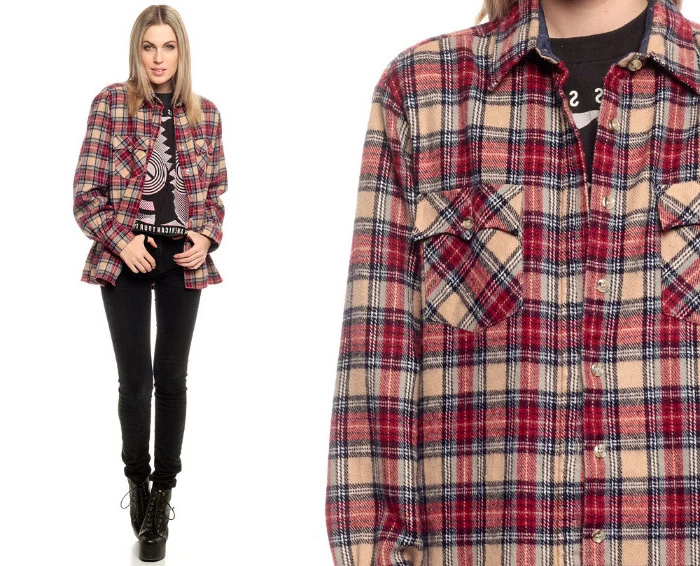
2. Examine the Construction: On t-shirts, look for a single line of stitching on the sleeve and bottom hems. Most modern shirts have a double stitch. It’s a classic sign of pre-2000s manufacturing. Also, check the zippers on jackets and jeans. Heavy-duty metal zippers were the standard, unlike the lighter plastic ones often used today.
3. My Golden Rule: IGNORE THE SIZE ON THE TAG. If you remember one thing, make it this. Vintage sizing is all over the place. A size 12 from back then might fit like a modern 6 or 8. This is why you must know your measurements. When you’re thrifting, carry a small measuring tape. It’s a total game-changer.
A quick how-to for measurements:
- For tops: You need the “pit to pit” (width from one armpit to the other) and the length (from the top of the collar to the bottom hem).
- For pants: Get the waist (measure flat across and double it), the inseam (from the crotch seam to the ankle), and the rise (from the crotch seam to the top of the waistband). The rise is super important—it tells you if they’re low, mid, or high-waisted!
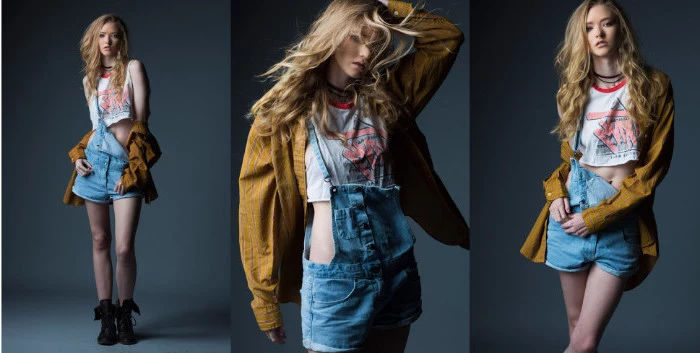
Keeping Your Vintage Finds Alive
Once you’ve found that perfect piece, you have to treat it right. Remember, these clothes are already decades old.
I have to share a painful story. I once found the most perfect, screen-printed band shirt and, like an idiot, threw it in a modern dryer on high. I pulled it out and the graphic had cracked into a million tiny pieces. My heart broke. I swear that shirt would be worth a few hundred bucks today. Don’t be me, people!
Always wash vintage pieces in cold water on a gentle cycle, or even better, by hand. And NEVER put them in a hot dryer. Hang them to dry or use the no-heat tumble setting. It’s the only way to prevent shrinking and protect those precious graphics.
How to Mix Vintage into Your Modern Wardrobe
The secret to not looking like you’re in a costume is balance. It’s about mixing and matching, not going head-to-toe vintage.
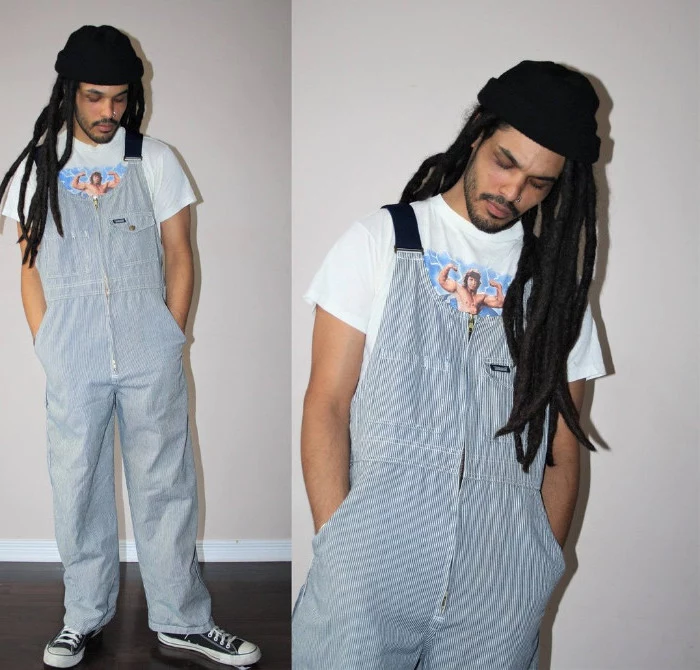
A good rule of thumb is to start with one strong vintage piece. Pair your baggy old-school jeans with a sleek, modern top. Or wear that awesome vintage band tee with a sharp, contemporary pair of trousers. It makes the look feel intentional.
Another key is to balance the silhouette. If you’re going big and baggy on the bottom, go more fitted on top. Think wide-leg jeans with a simple tank top. If you’re wearing an oversized hoodie or flannel, pair it with slimmer-fit pants or even a slip skirt to keep from getting lost in the fabric.
And remember, the decade’s style wasn’t just about grunge and hip-hop. There was also a huge minimalist trend with clean lines and neutral colors, as well as a polished, preppy look that’s super easy to work into a modern wardrobe.
Ultimately, this style stays popular because it was so personal and diverse. The clothes were made with integrity, designed to be lived in, and they carry the stories of everyone who wore them before you. Find the pieces that speak to you, and go make them part of your own story.
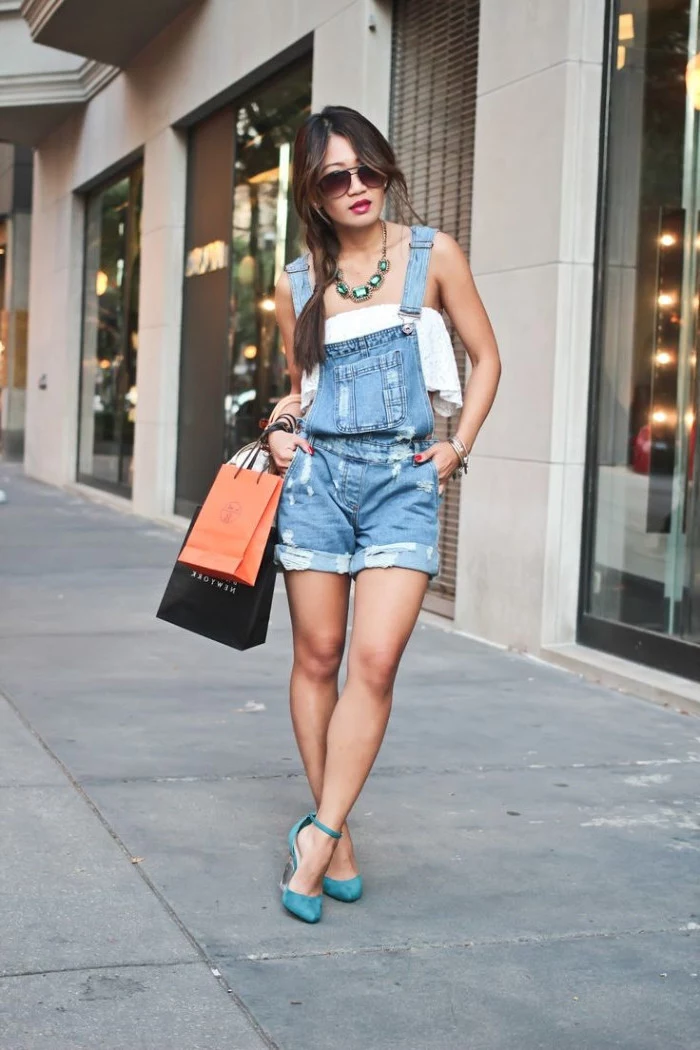
Your mission, should you choose to accept it: The next time you go to a thrift store, take a measuring tape. Find one thing that fits you absolutely perfectly but has a size on the tag that’s totally “wrong.” It’ll prove my point and change the way you shop forever!
Inspiration Gallery
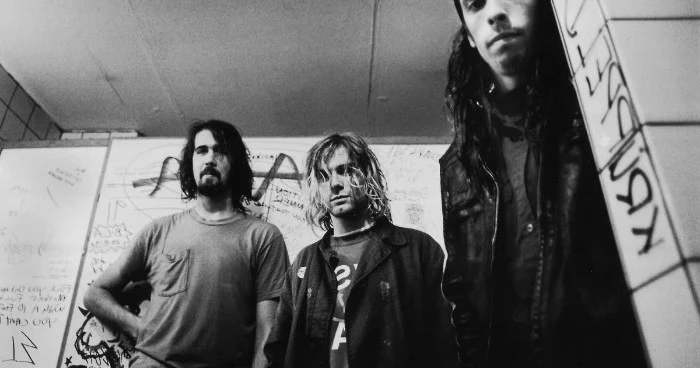
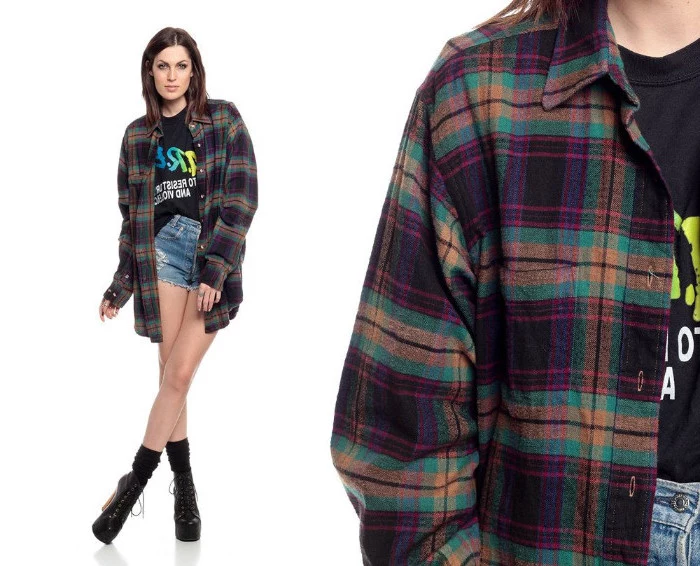
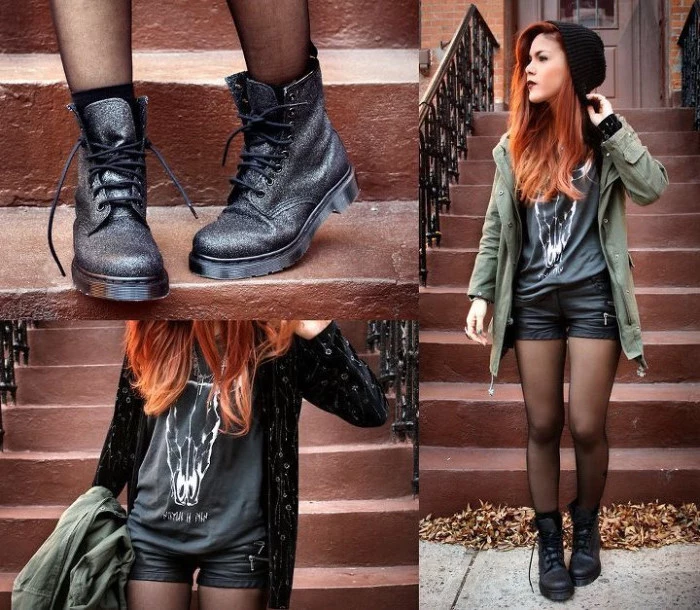
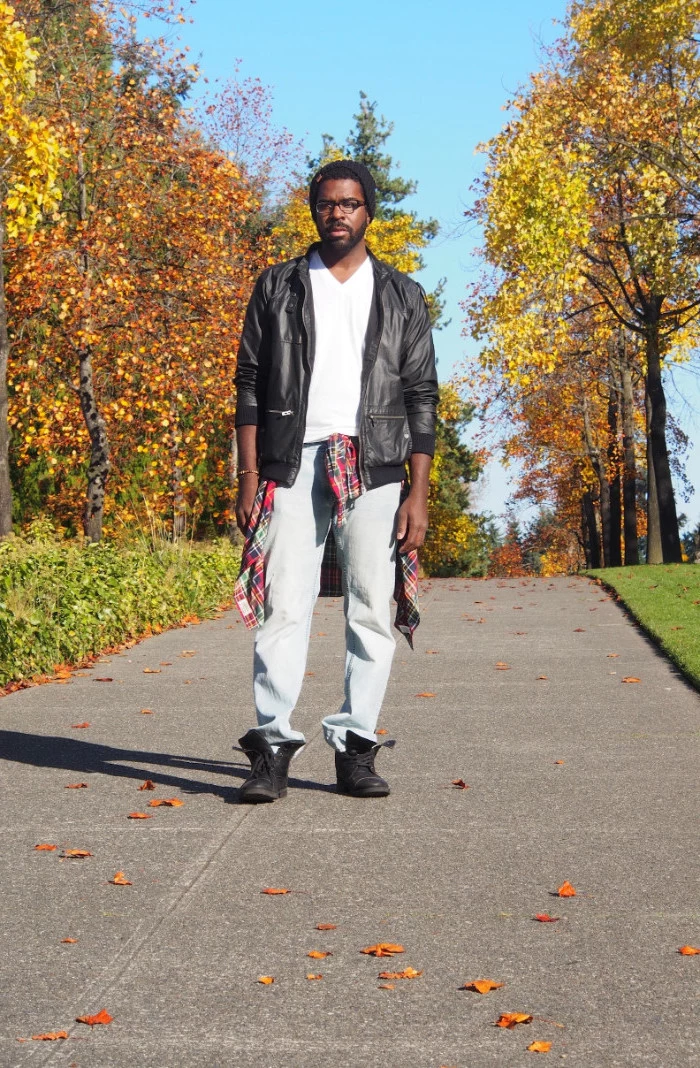
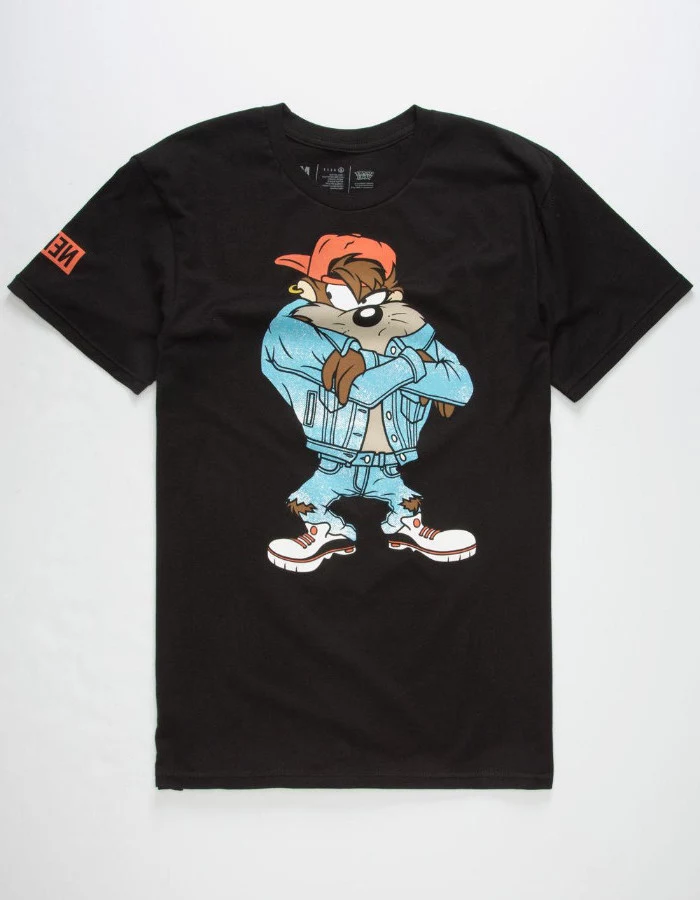
The forgotten fabric: Crushed velvet. It wasn’t just for goths. This material brought a touch of luxe grunge to everything from deep jewel-toned baby-doll dresses to simple black chokers. Its soft texture and subtle sheen offered a moody, romantic alternative to the era’s dominant cotton and denim.
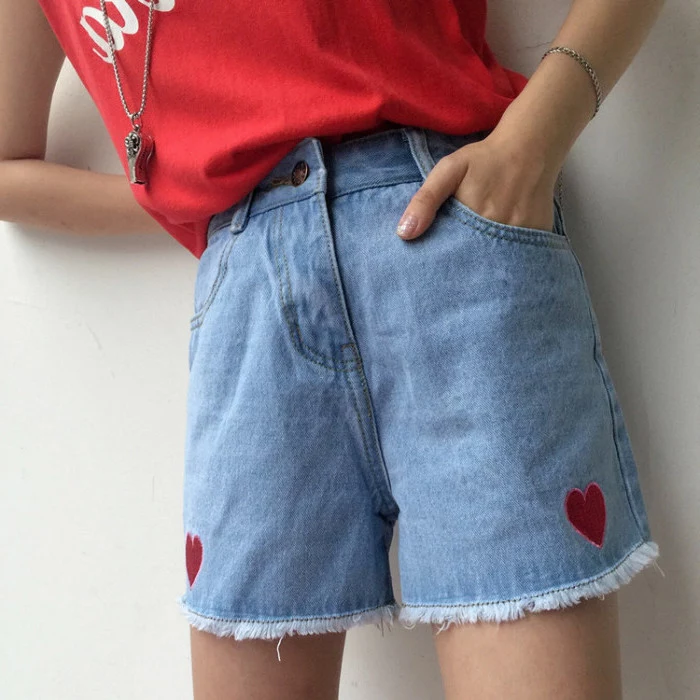
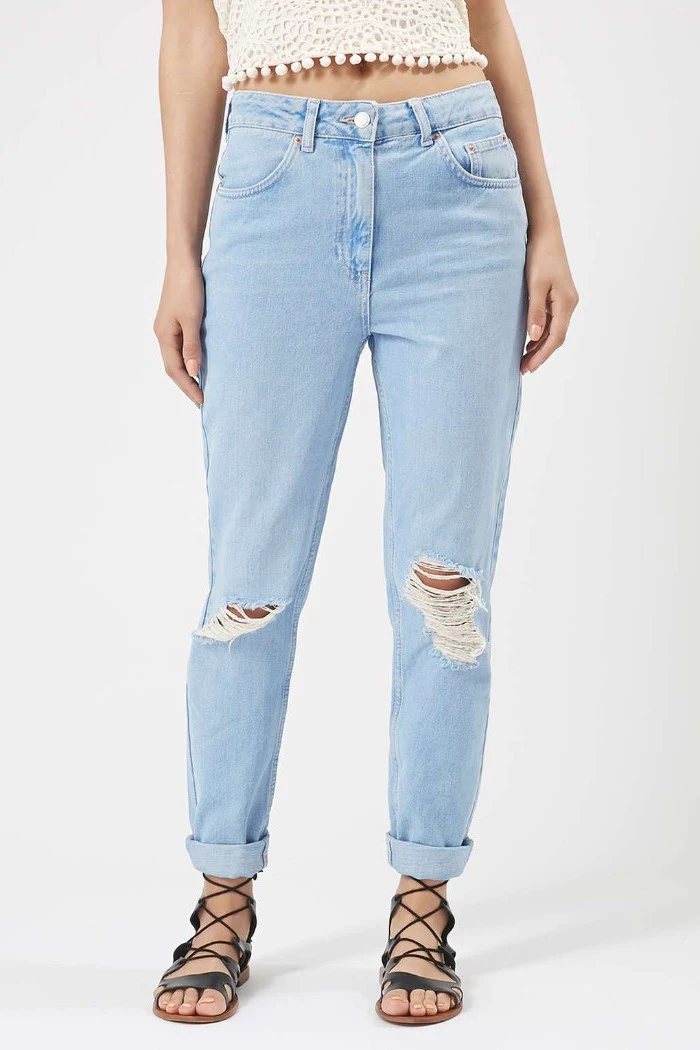
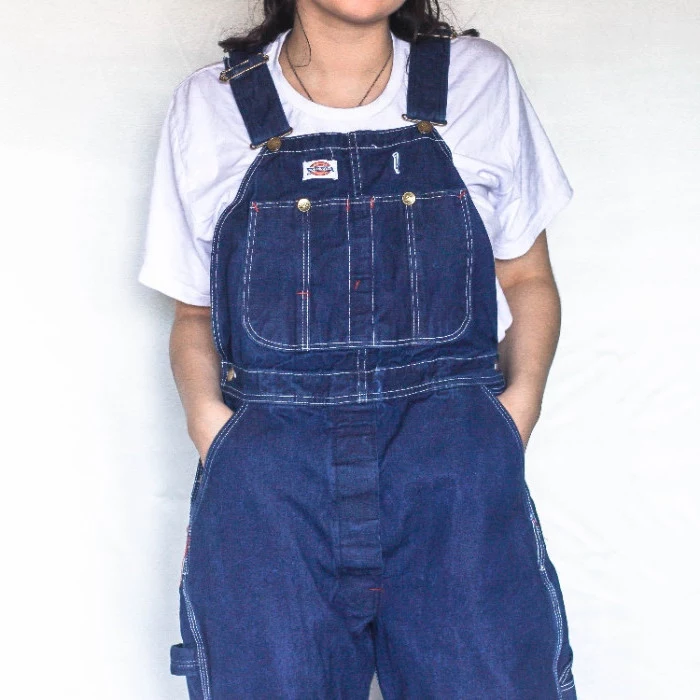
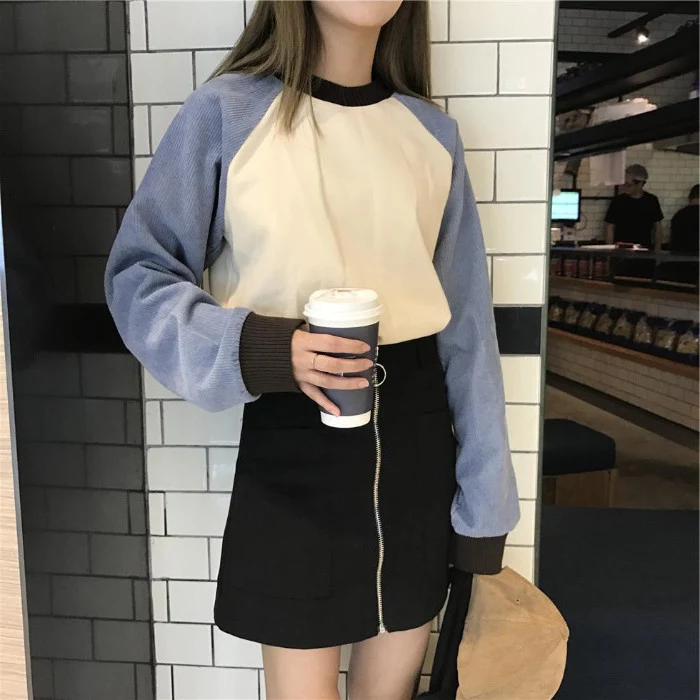
- Check for a single-stitched hem on the bottom and sleeves.
- Look for a copyright date under the graphic.
- Feel the weight – true vintage tees are often thicker cotton.
The secret to spotting an authentic 90s band t-shirt? It’s all in these small details that fast fashion skips.

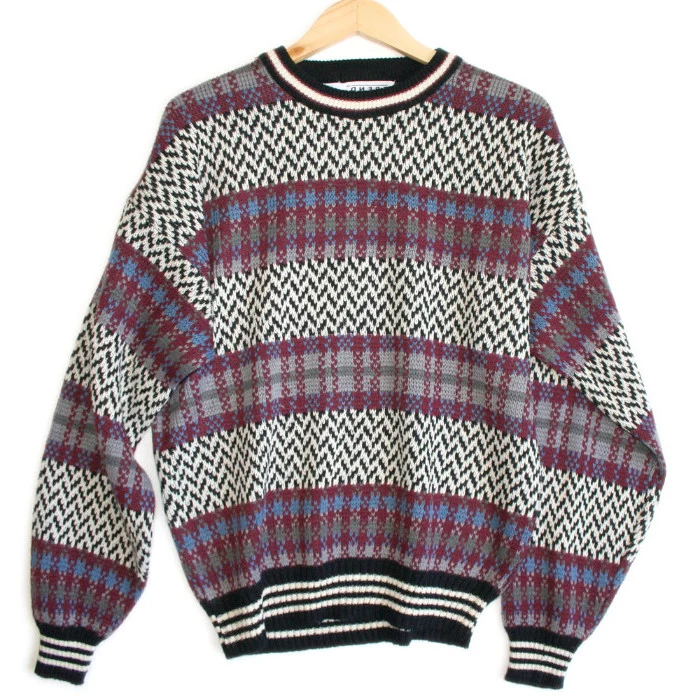
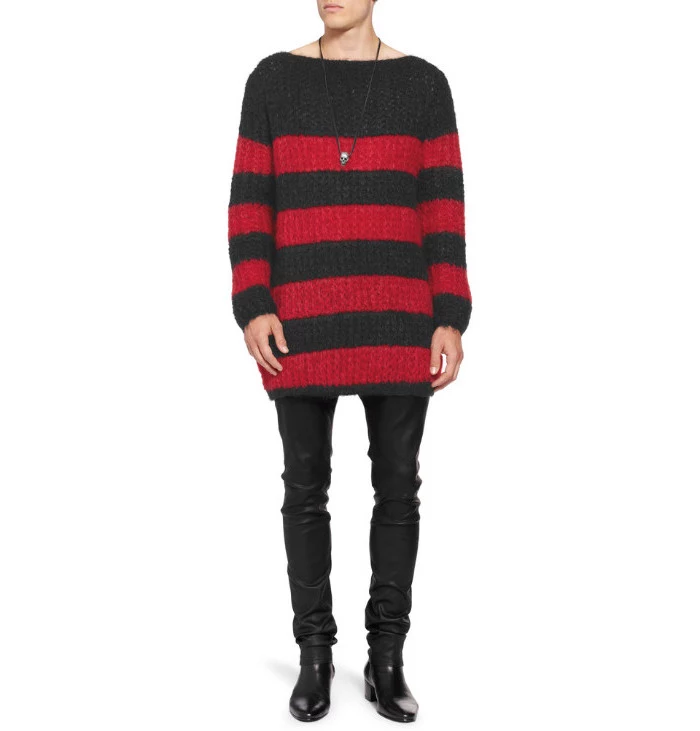
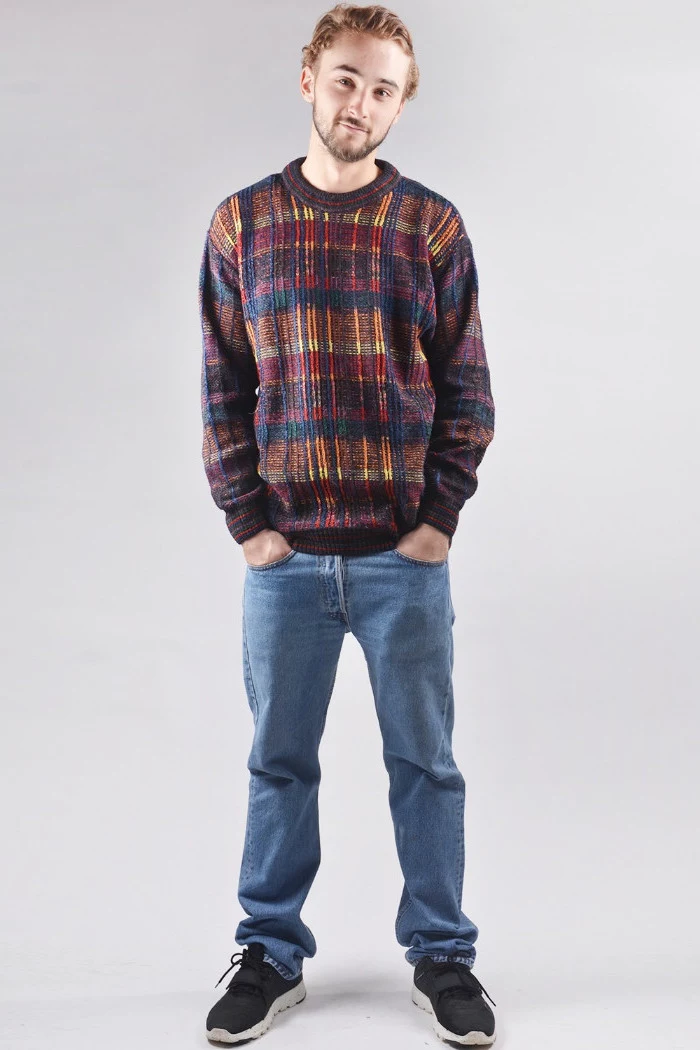
By the mid-90s, the average weight of 100% cotton denim used by brands like Levi’s was around 12-14.5 oz per square yard.
This is why vintage jeans feel so substantial and rigid compared to today’s lightweight, stretch-infused denim. They were built to be broken in, not to offer instant comfort, creating a fit that was uniquely yours over time.
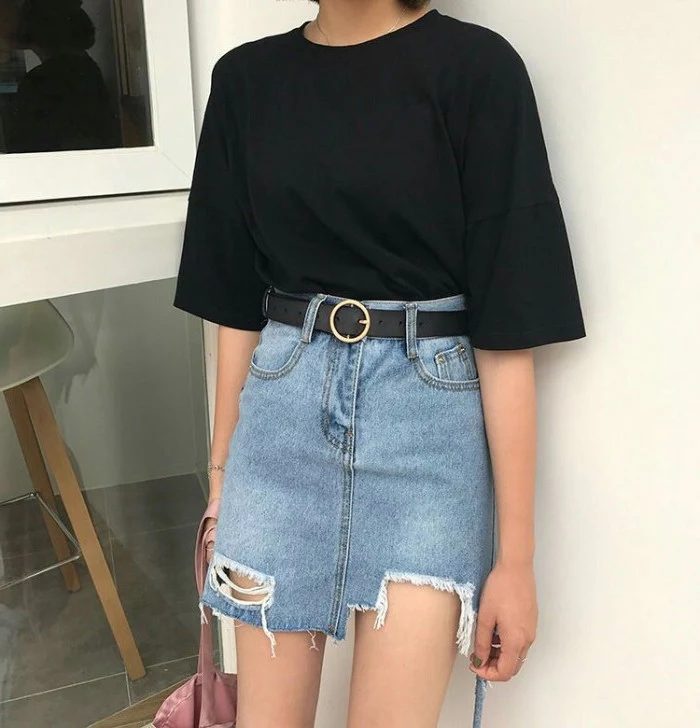
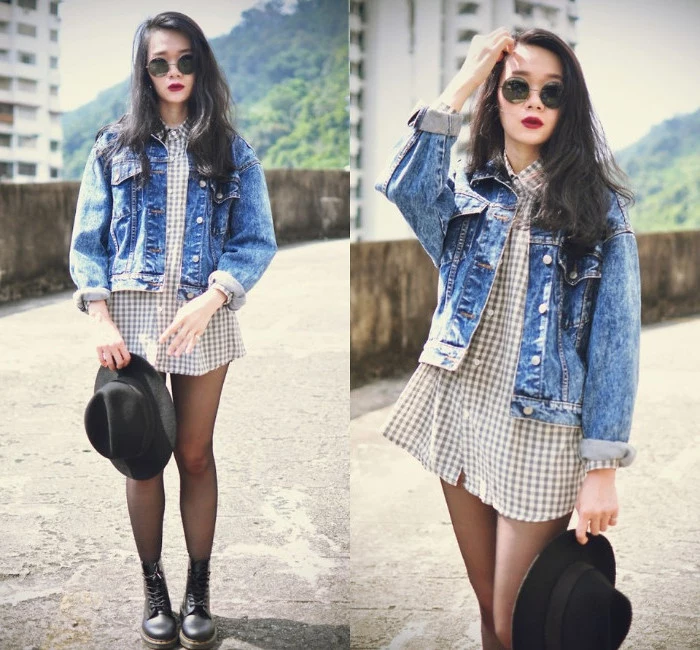
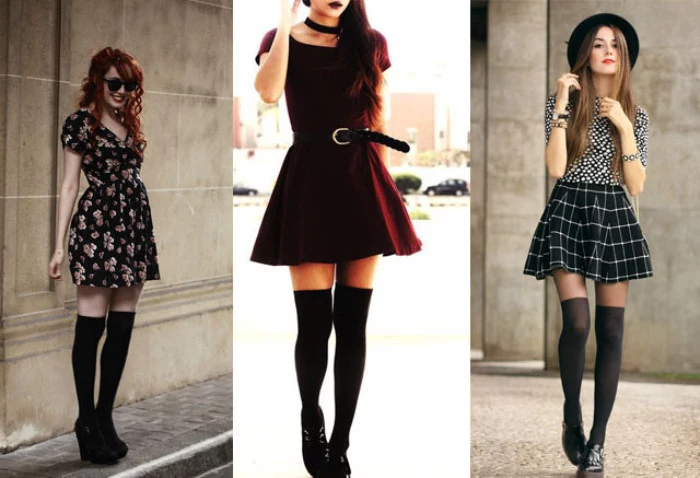
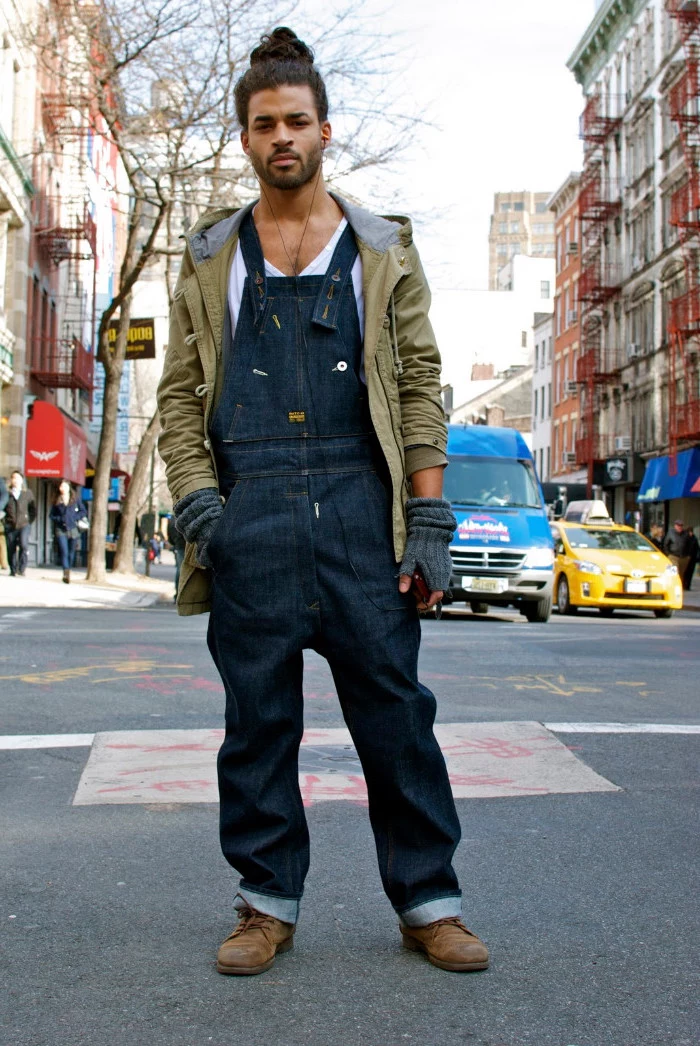
What was the deal with all the ribbed-knit tops?
From simple tank tops to form-fitting turtlenecks and cardigans, ribbed cotton was a 90s staple. Its magic was in the texture and fit; it clung to the body without being overtly restrictive, creating a streamlined silhouette. Perfect for layering under a slip dress or pairing with baggy jeans, it was the definition of minimalist cool, championed by brands like Calvin Klein.
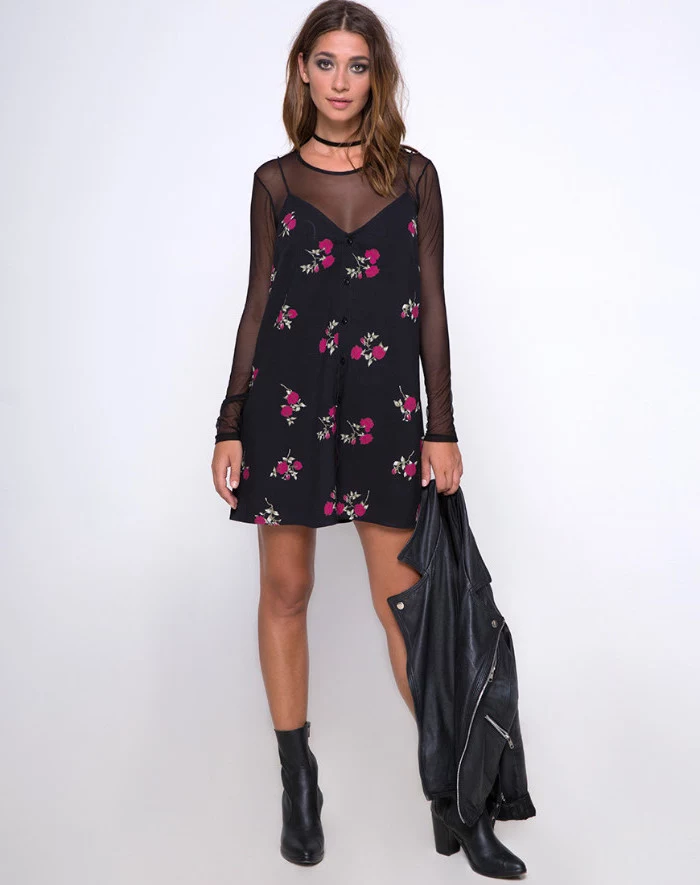
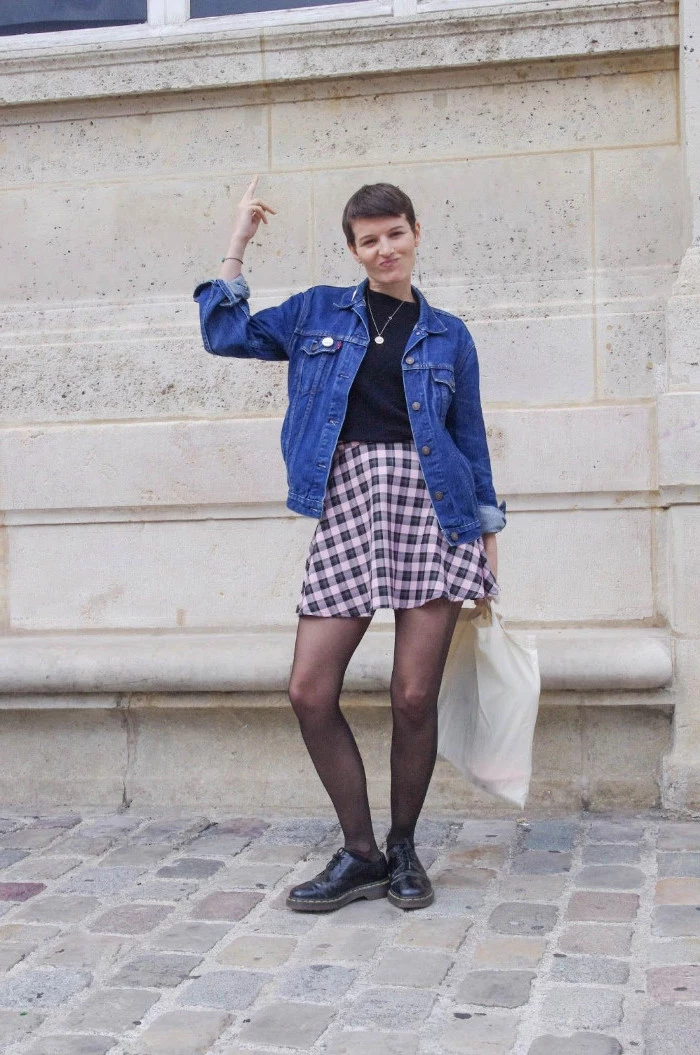

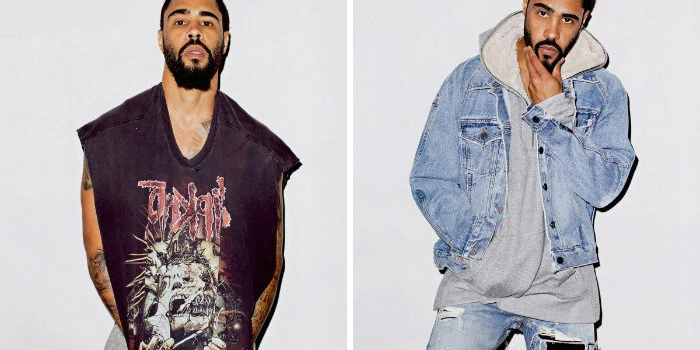
Beyond the grunge palette, the 90s had an optimistic, preppy side. Think of the bold primary colors used in Tommy Hilfiger logos or the pastel windbreakers from Nautica. This clean, sporty aesthetic, often seen in hip-hop and mainstream fashion, was a bright, confident contrast to the moody tones of the alternative scene.
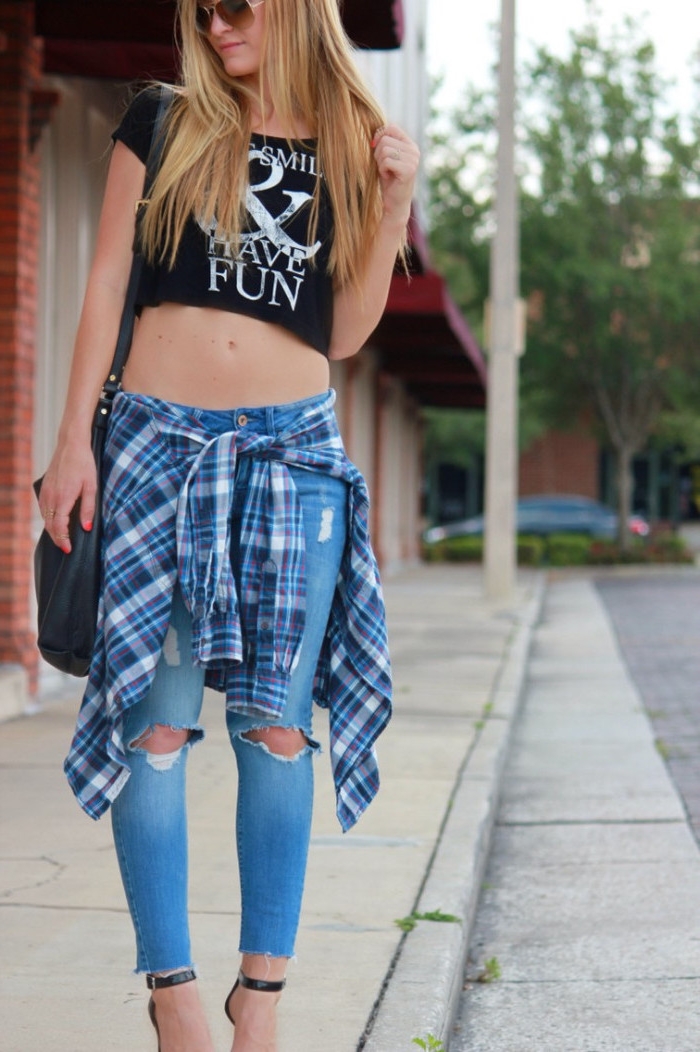
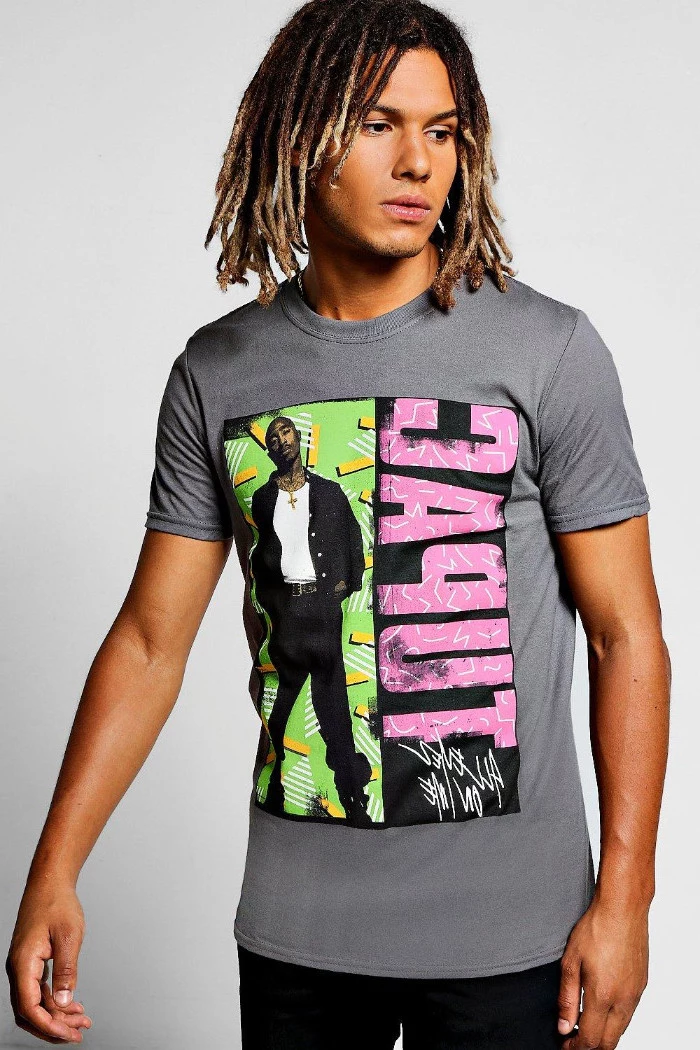
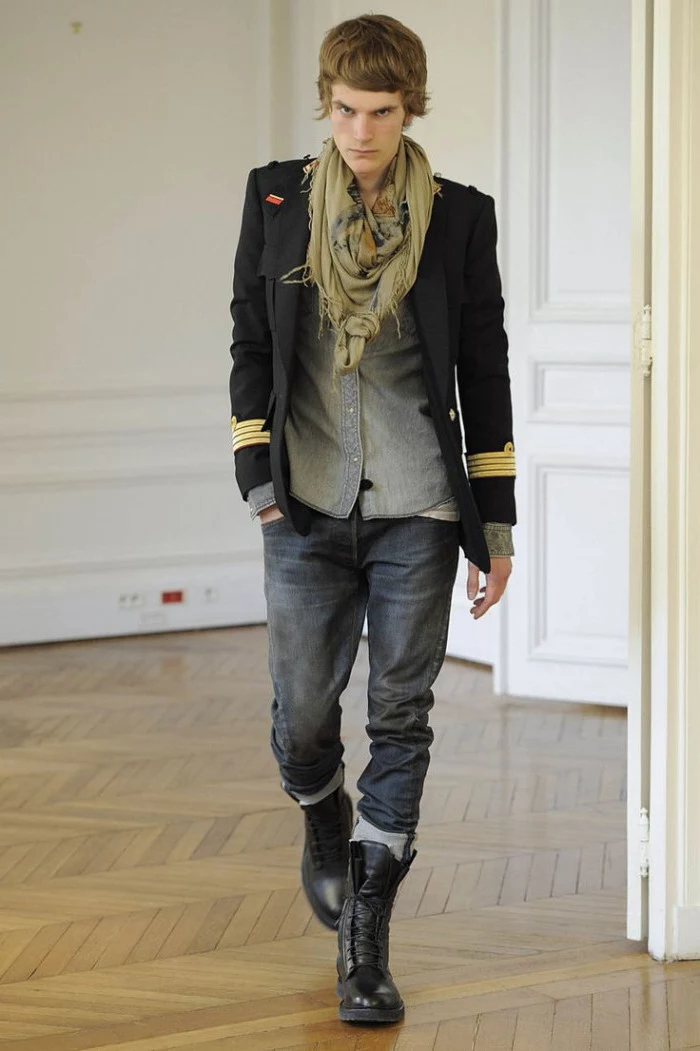
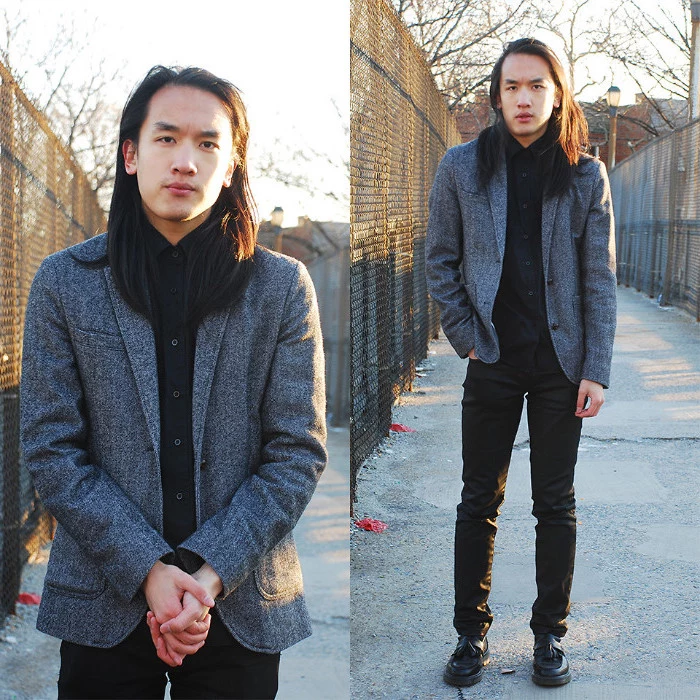
Dr. Martens 1460: The iconic 8-eye boot with its yellow stitching and air-cushioned sole. A symbol of rebellion, adopted by grunge, punk, and ska scenes. The original.
Generic Combat Boots: Often taller (10+ eyelets), with a more aggressive lug sole. Found in military surplus stores, they offered a grittier, more utilitarian look.
Both are authentic, but they signal slightly different subcultures.

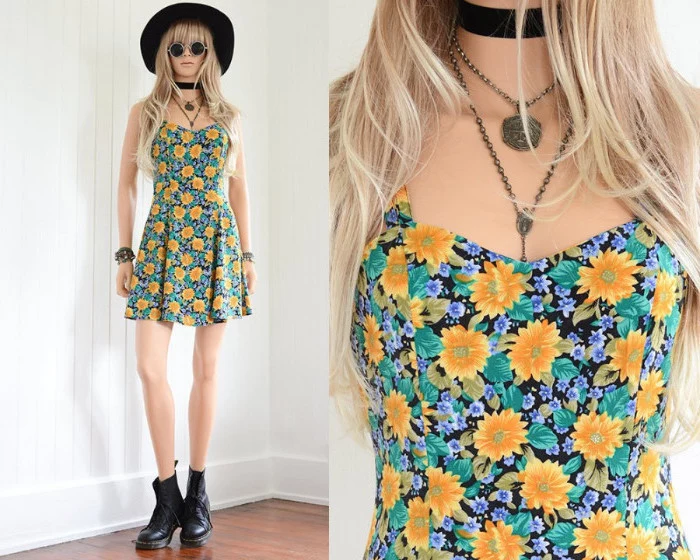
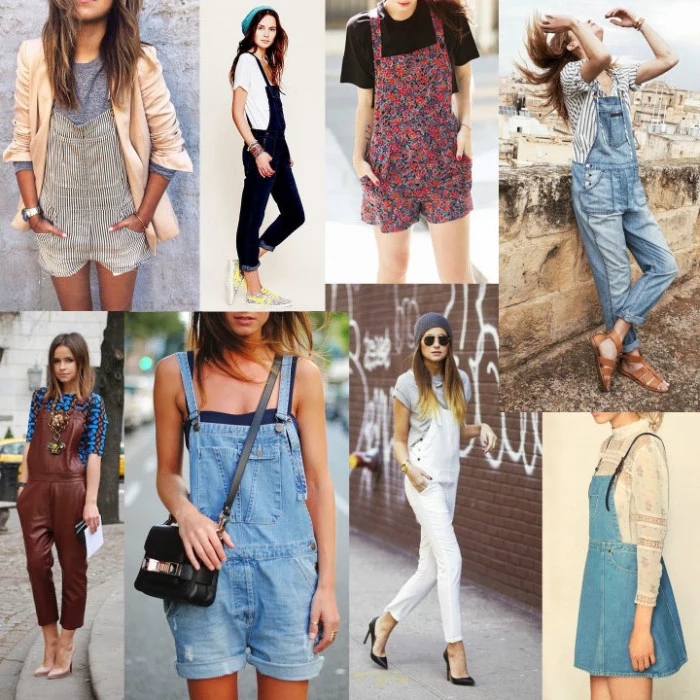
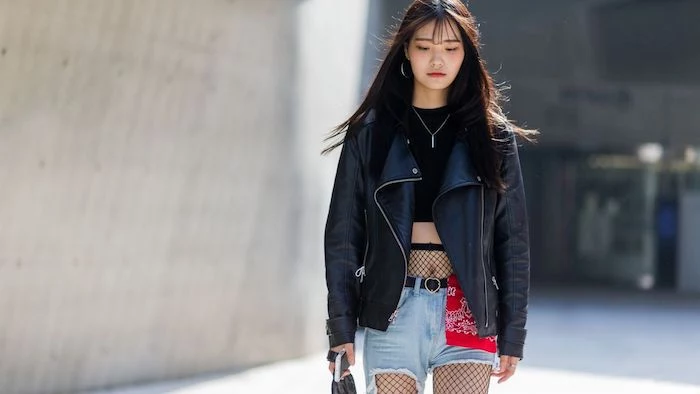
The slip dress was the decade’s chameleon. For an authentic feel, think about the fabric.
- Rayon/Viscose: The most common choice. It offered a fluid drape and slight sheen, perfect for the floral prints popularized by designers like Anna Sui.
- Satin/Silk: Reserved for the minimalist, evening-wear look, often in black, silver, or champagne, as seen on Kate Moss.
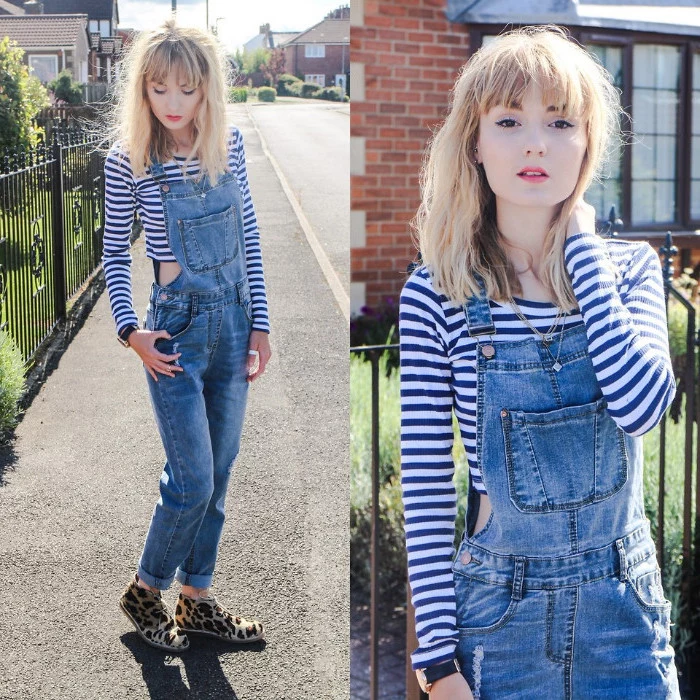
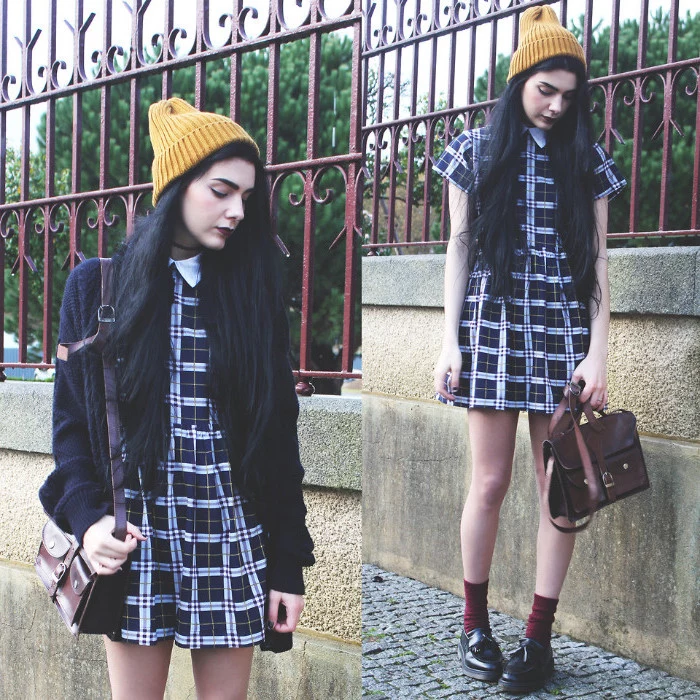
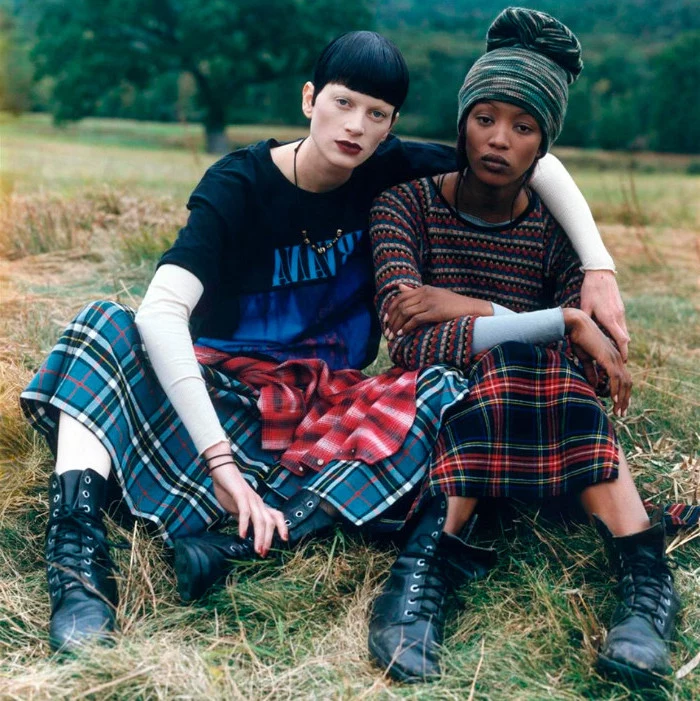
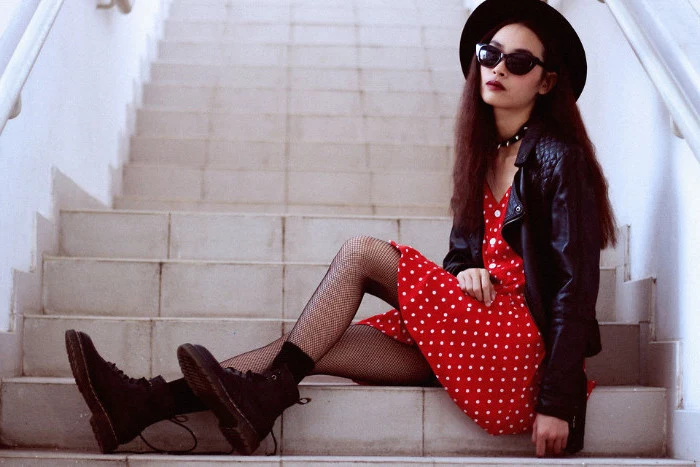
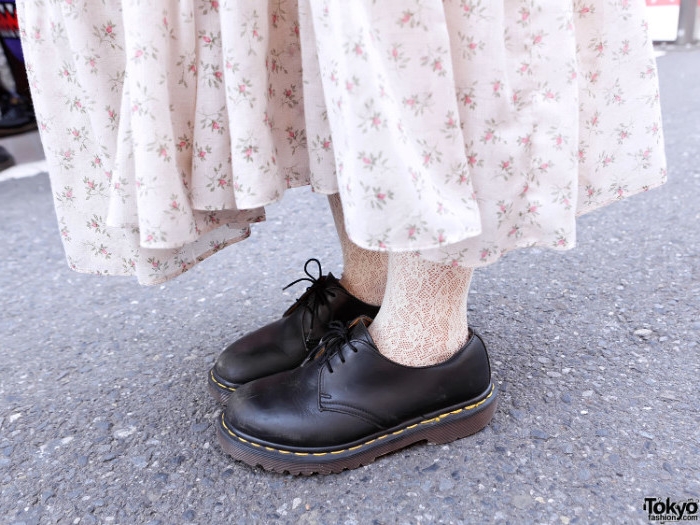
Don’t overlook the accessories: A simple black leather belt with a plain silver buckle was almost a uniform. It wasn’t about flashy logos; it was about function and adding a subtle anchor to a pair of perfectly worn-in Levi’s 501s or baggy trousers. It cinched the look together with understated confidence.
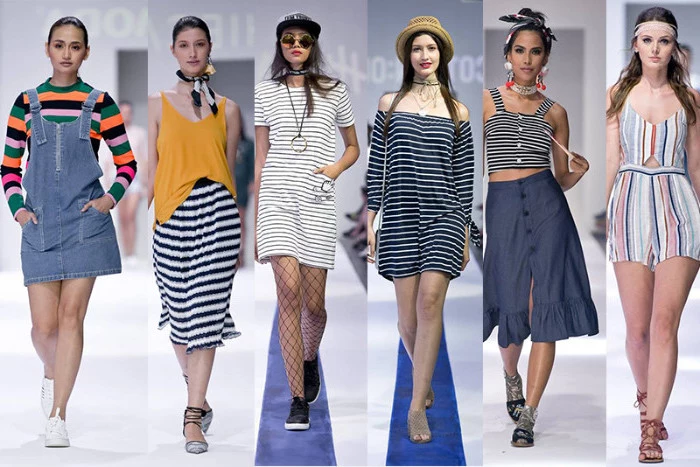
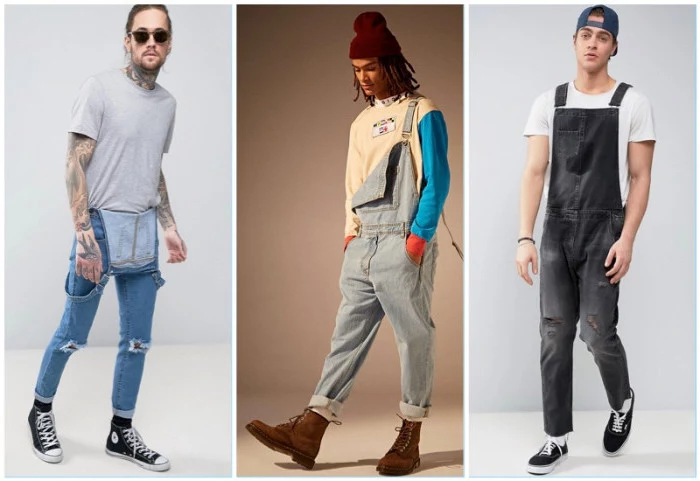
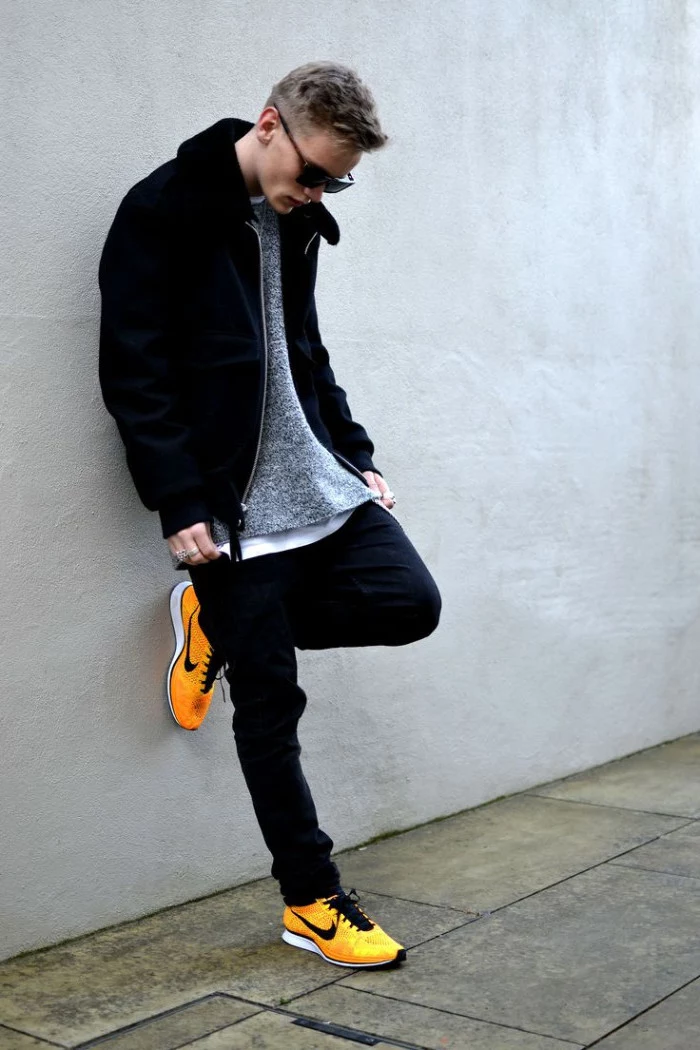

Are all 90s jeans high-waisted?
Definitely not. While the ‘mom jean’ was iconic, skate and hip-hop culture championed a much different silhouette. Think low-slung, ultra-baggy jeans from brands like Fuct or Menace that pooled around your sneakers. The fit was about slouchy, anti-fit comfort, not accentuating the waist.
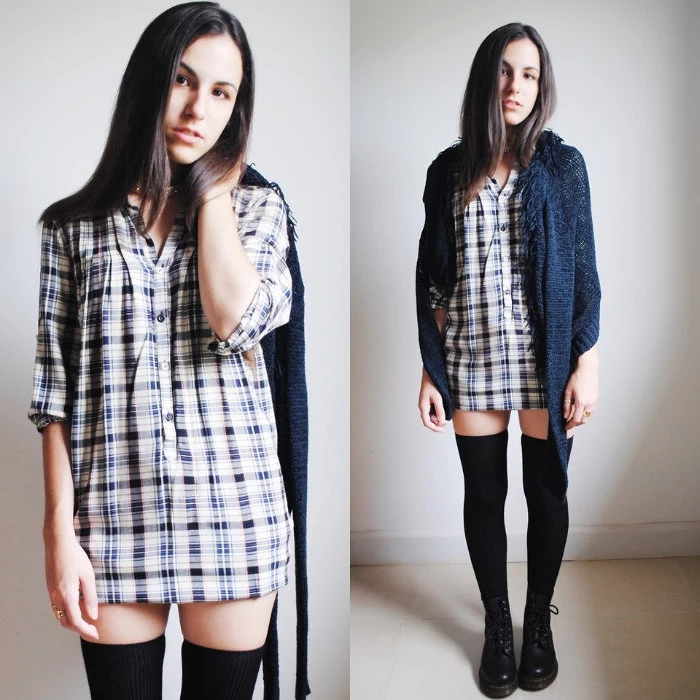
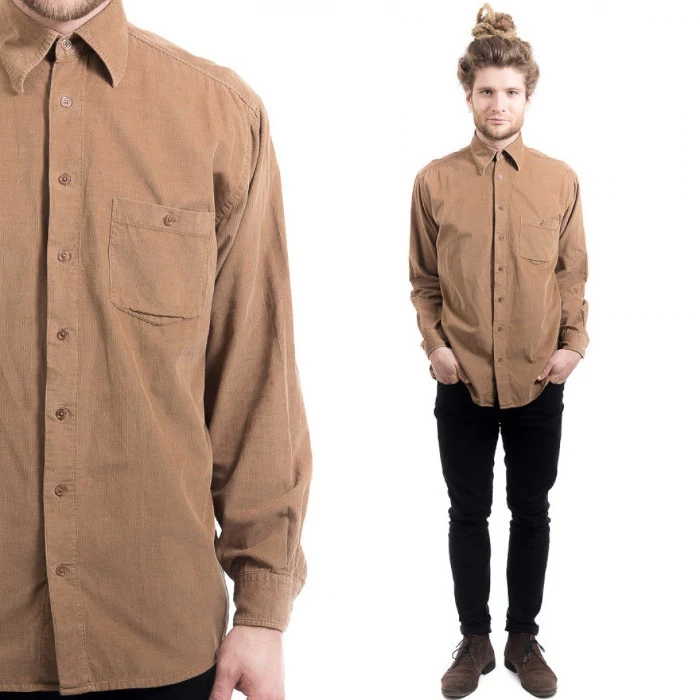
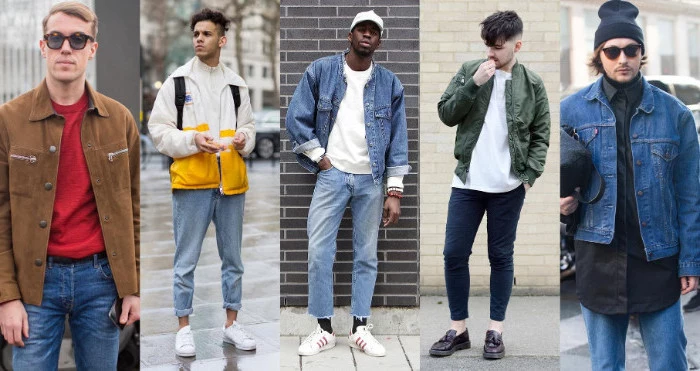
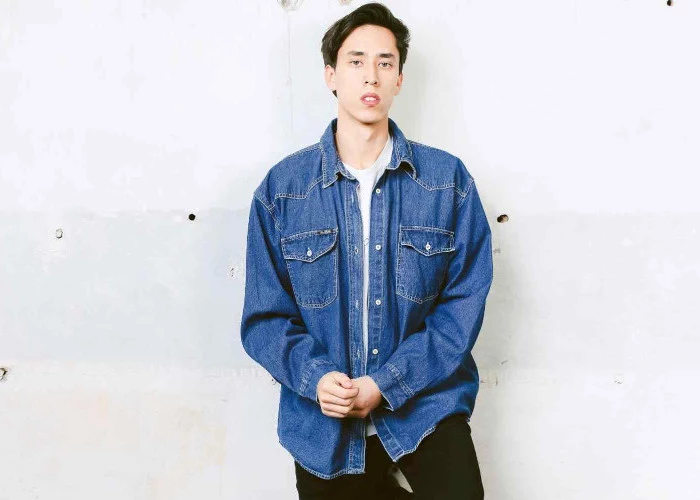
- A worn-in, slightly oversized leather jacket.
- A plain white or black baby tee.
- A black satin slip dress.
- A pair of light-wash, straight-leg jeans (think Levi’s 501s).
- A pair of black boots, like Dr. Martens.
This was the unofficial uniform of 90s minimalism. Each piece works together or on its own, built on quality basics rather than fleeting trends.

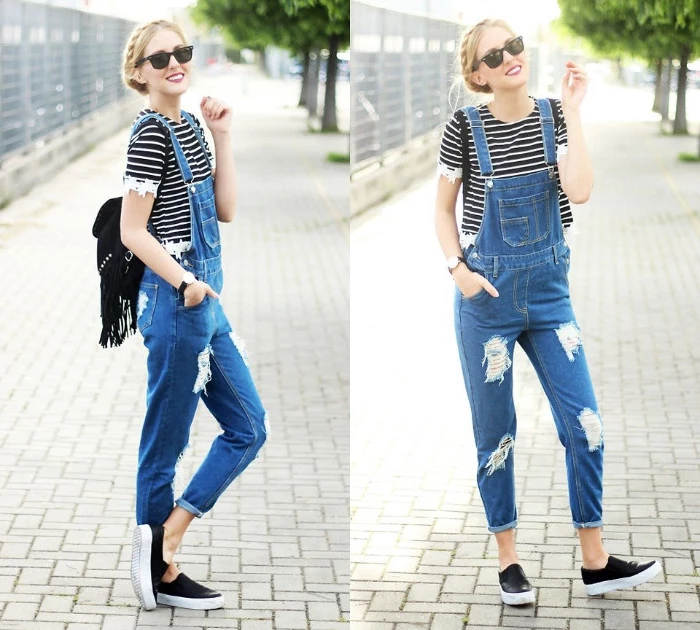
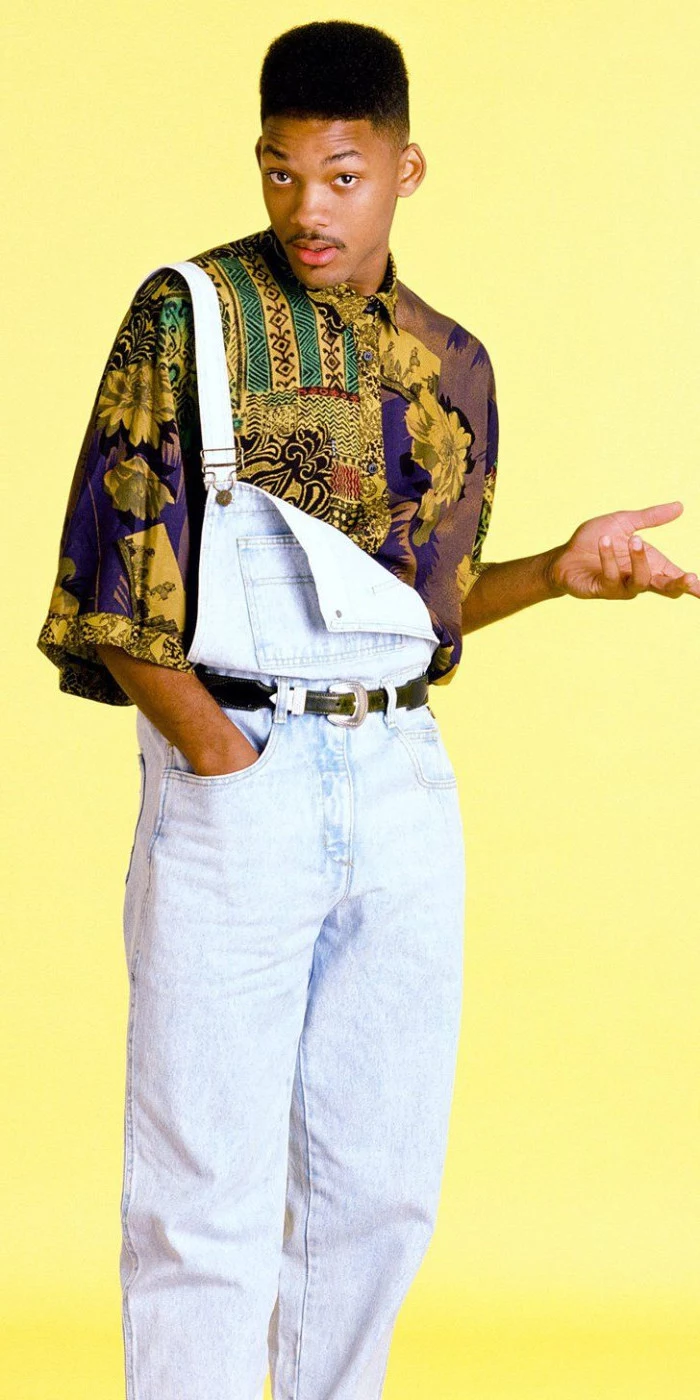
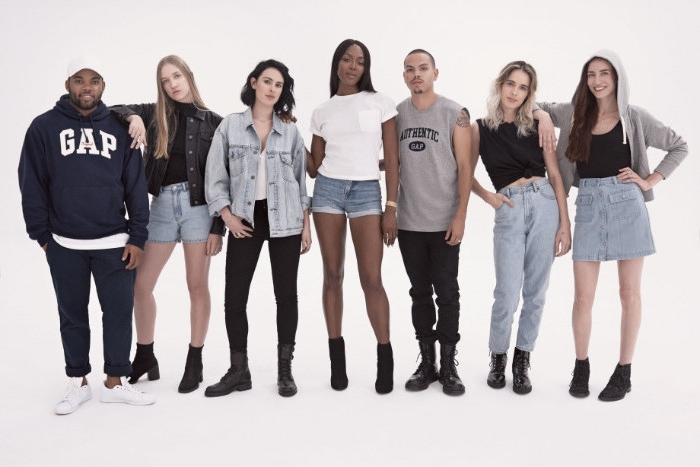
The unsung hero of 90s footwear: The Adidas Gazelle. While chunky sneakers and heavy boots had their moments, this slim, suede trainer was the understated choice for everyone from Britpop bands like Oasis to supermodels off-duty. Its sleek profile was the perfect counterpoint to baggy jeans or track pants.
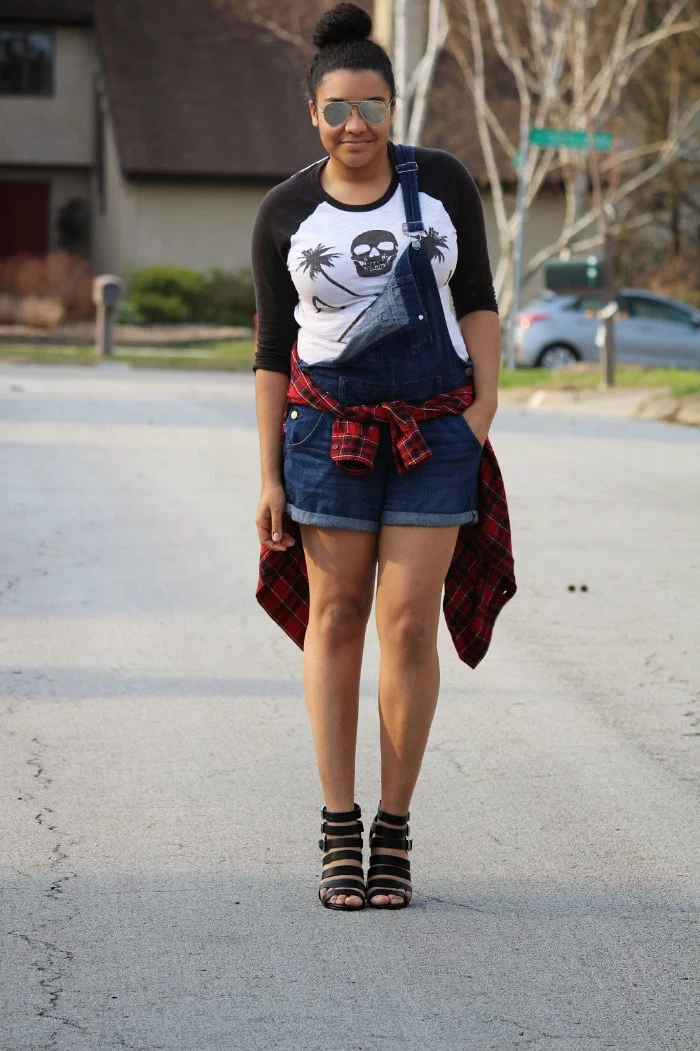
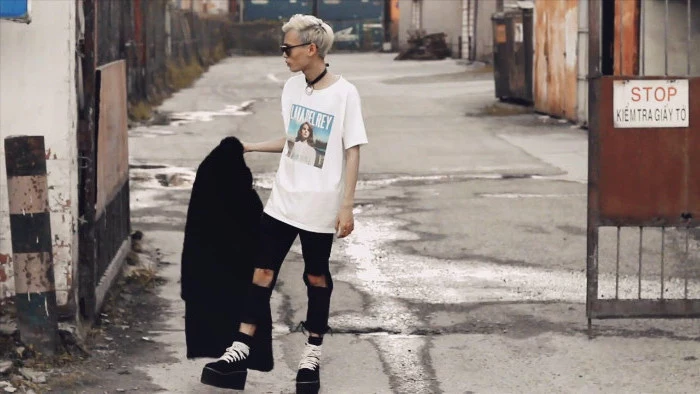
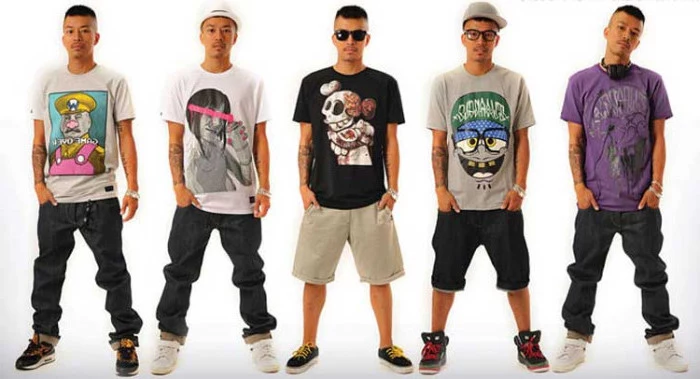
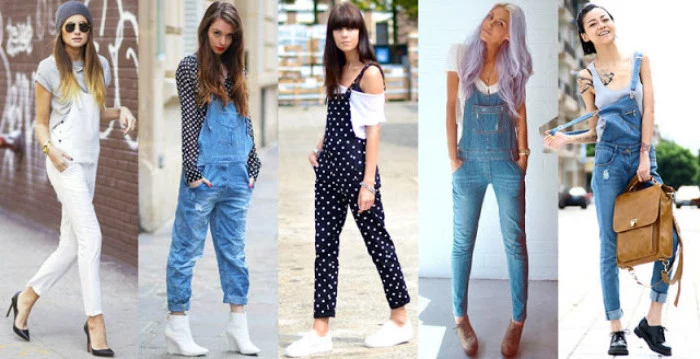
In 1994, Calvin Klein’s CK One fragrance launched and sold an estimated $5 million in its first 10 days.
It was one of the first massively successful unisex perfumes, and its clean, citrusy scent and minimalist bottle perfectly encapsulated the androgynous, less-is-more mood that defined a core part of the decade’s aesthetic.

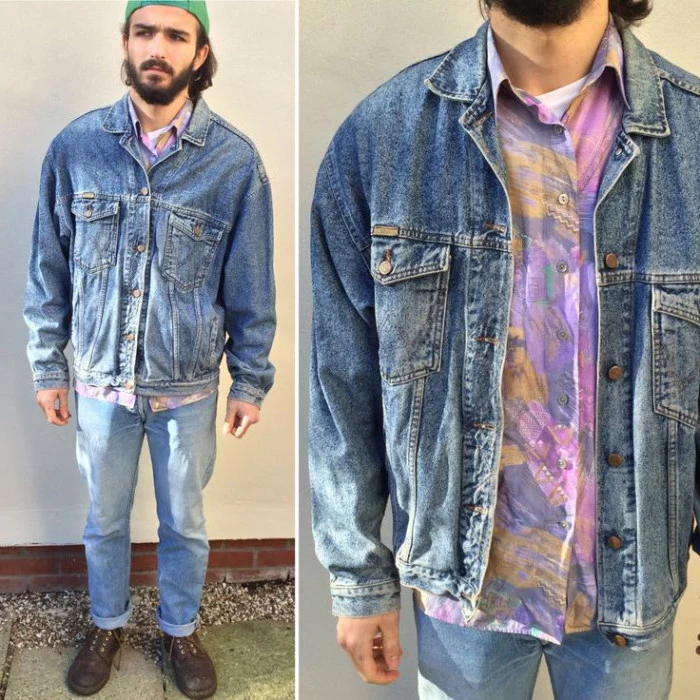
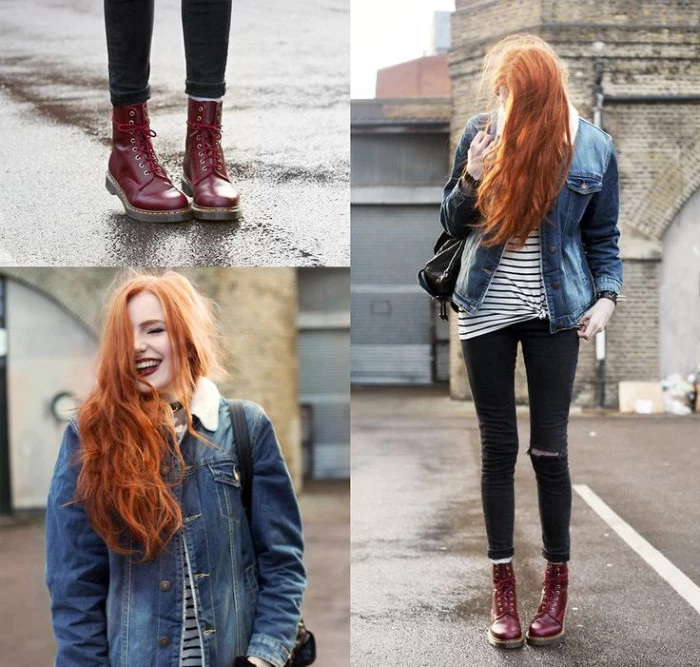
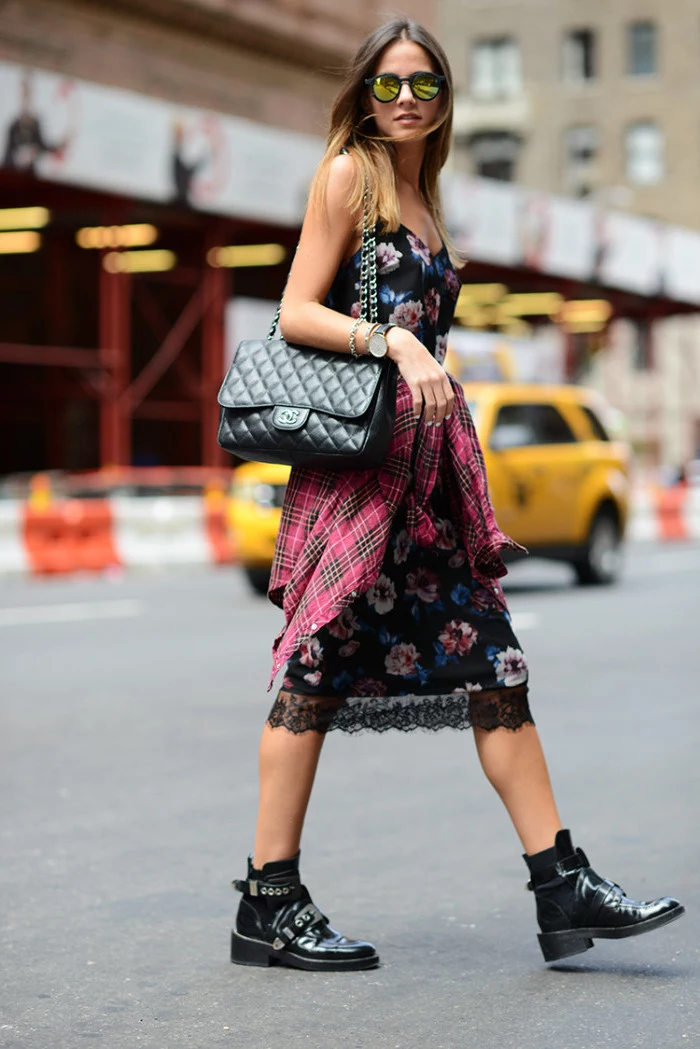
The mini backpack wasn’t just a novelty; it was a practical reaction to the era’s fashion. With hands often tucked into the pockets of baggy jeans or an oversized hoodie, a tiny backpack from brands like Kipling or even Prada was the perfect hands-free solution for carrying the essentials: a wallet, a beeper, and a tube of brown lipstick.
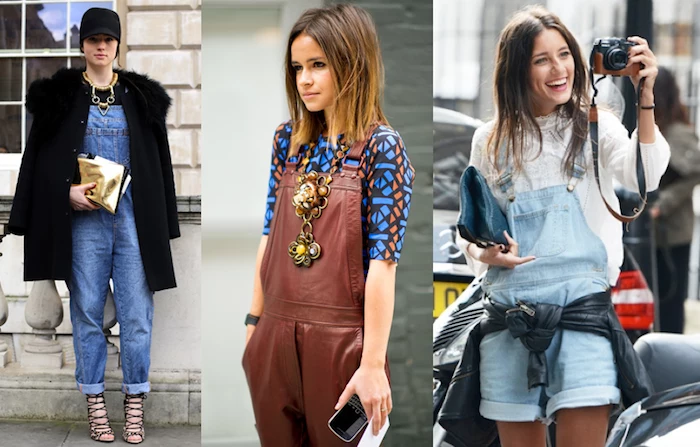
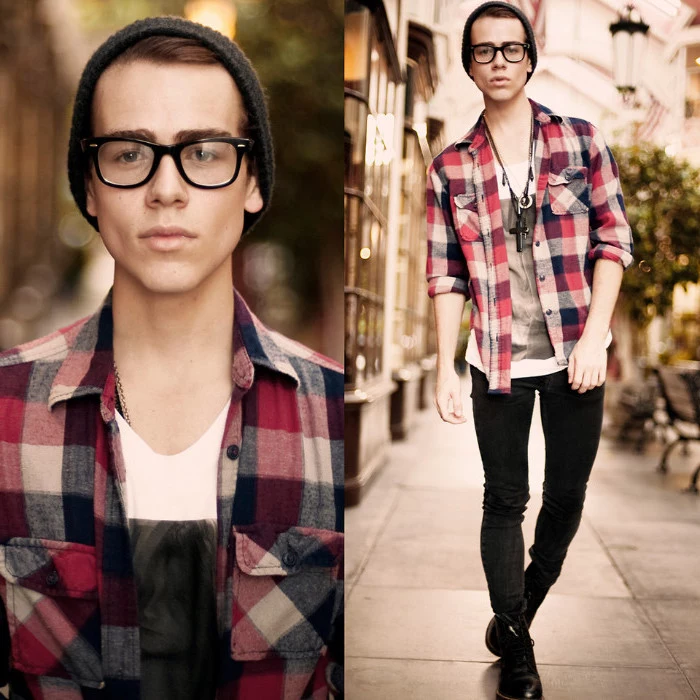
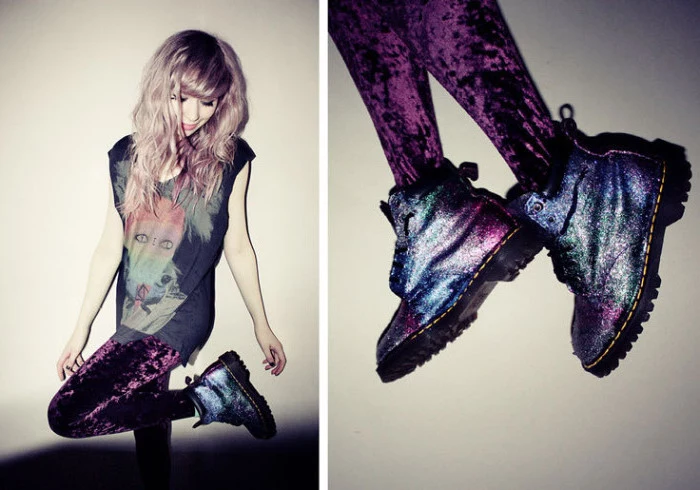
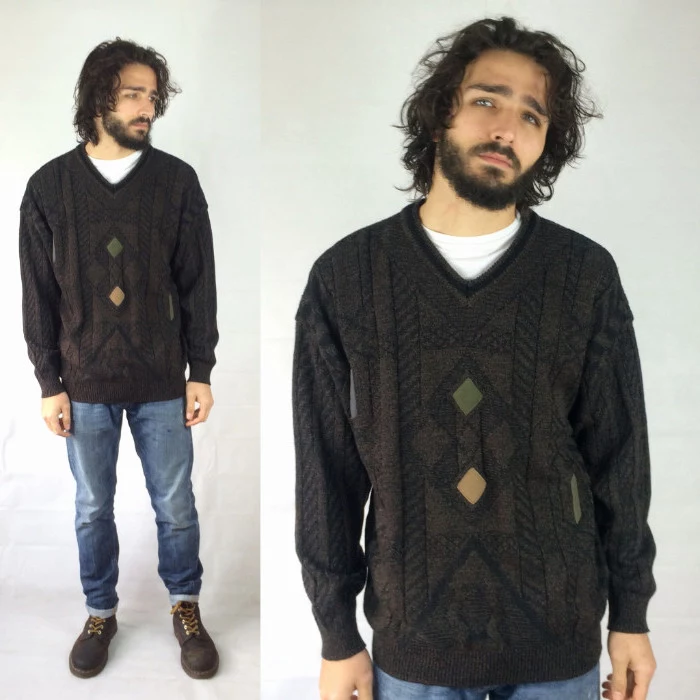
Thrifting the perfect 90s windbreaker is a treasure hunt. Look for nylon shells with bold color-blocking – teal, purple, and neon pink were classic combinations. Check the zipper and elastic cuffs for integrity. Brands to hunt for include Nike (with the old-school swoosh), Adidas, Champion, and Nautica for that authentic, sporty vibe.
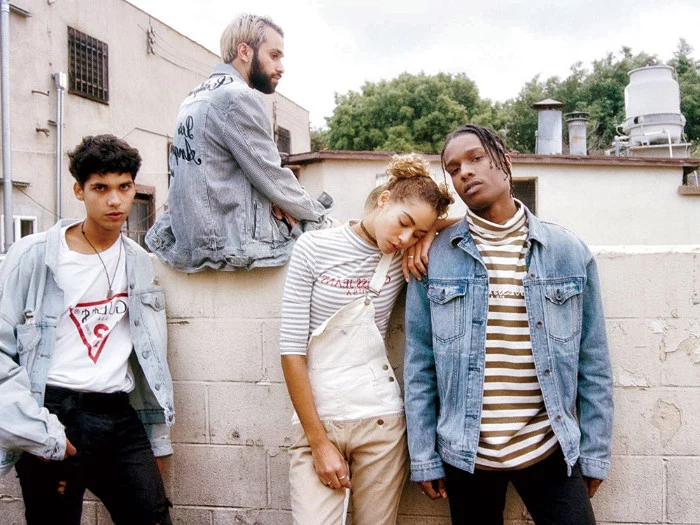
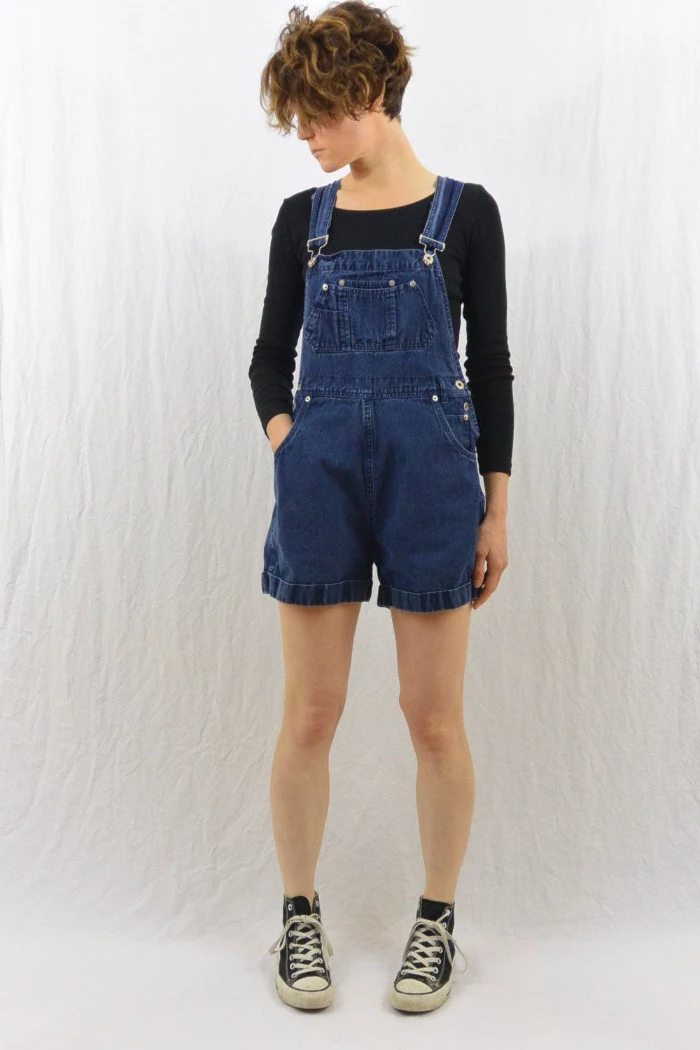
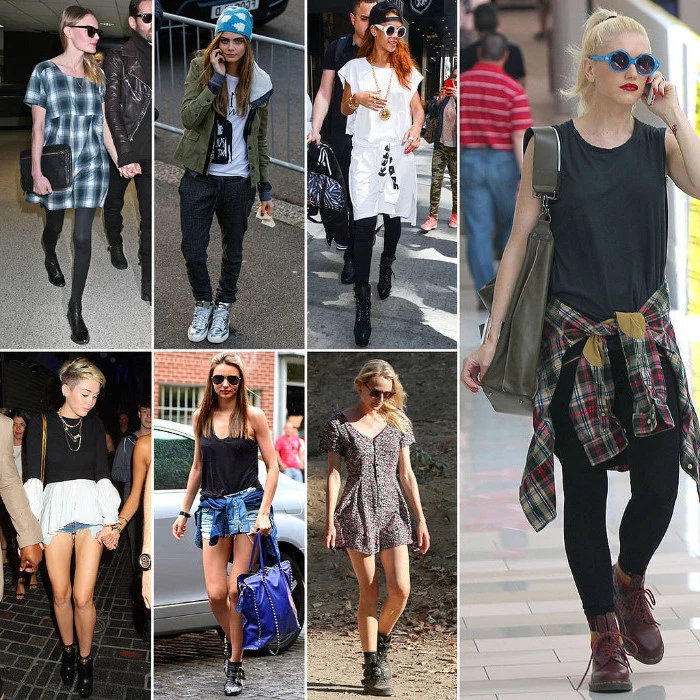
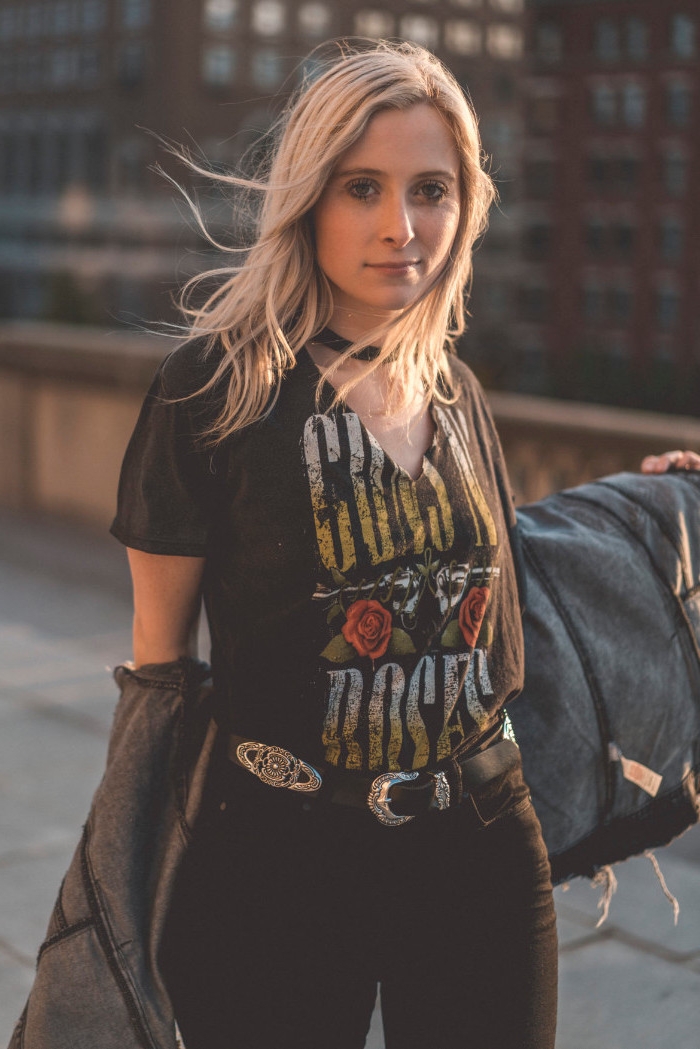
How do I care for vintage denim to make it last?
Wash it as little as possible. When you must, turn the jeans inside out and use a cold, gentle cycle with a mild detergent. Most importantly, *never* put them in a high-heat dryer. Hang them to air dry to preserve the cotton fibers and prevent unwanted shrinking and wear.
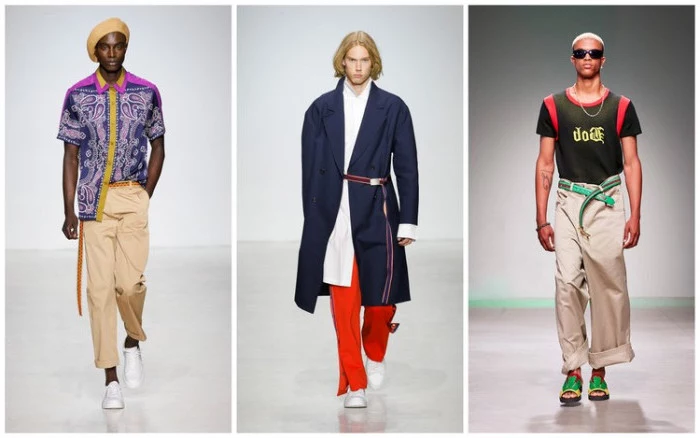
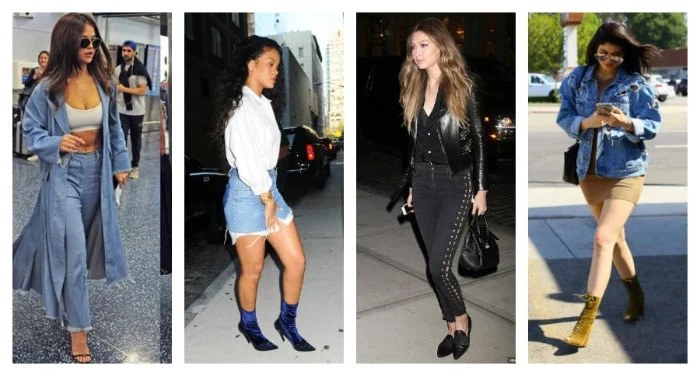
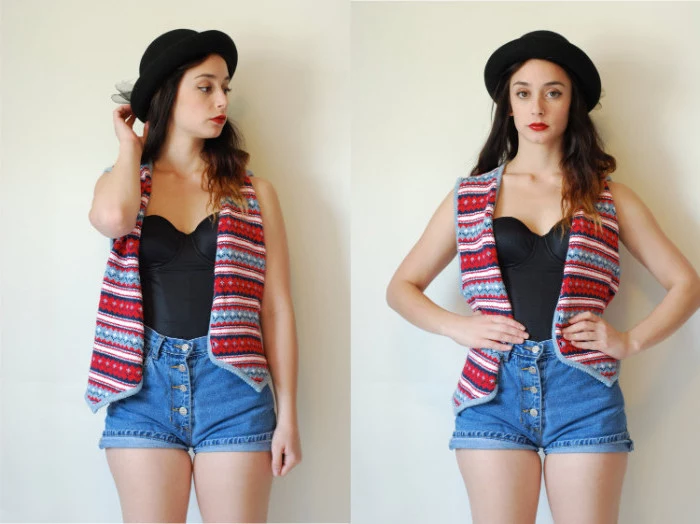
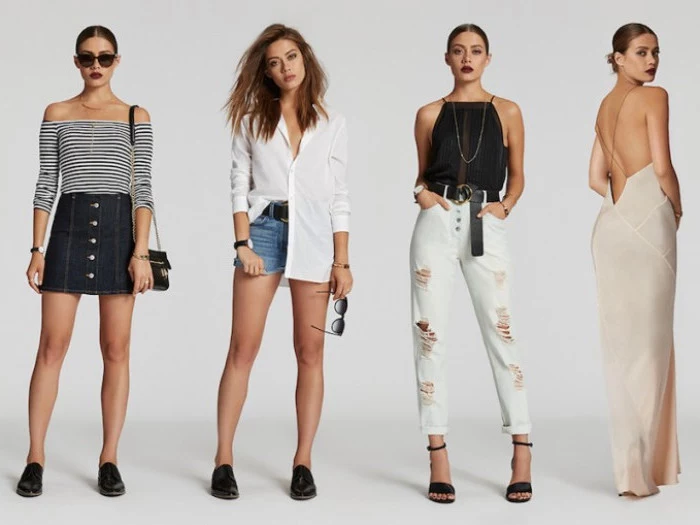

- Adds an edgy, utilitarian vibe to any outfit.
- Effortlessly breaks up a monochrome look.
- The perfect weight for layering over a hoodie.
The secret? A vintage M-65 field jacket. Sourced from a military surplus store, its heavy cotton and multiple pockets are the real deal, far more authentic than modern fast-fashion interpretations.
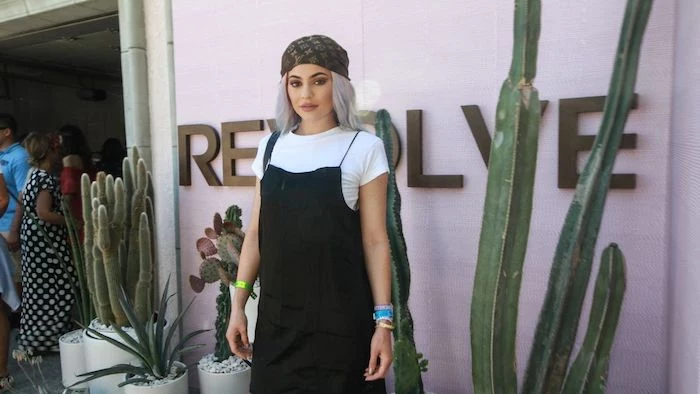
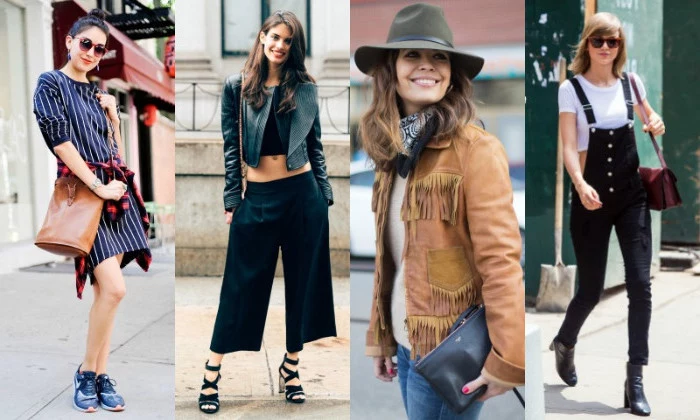
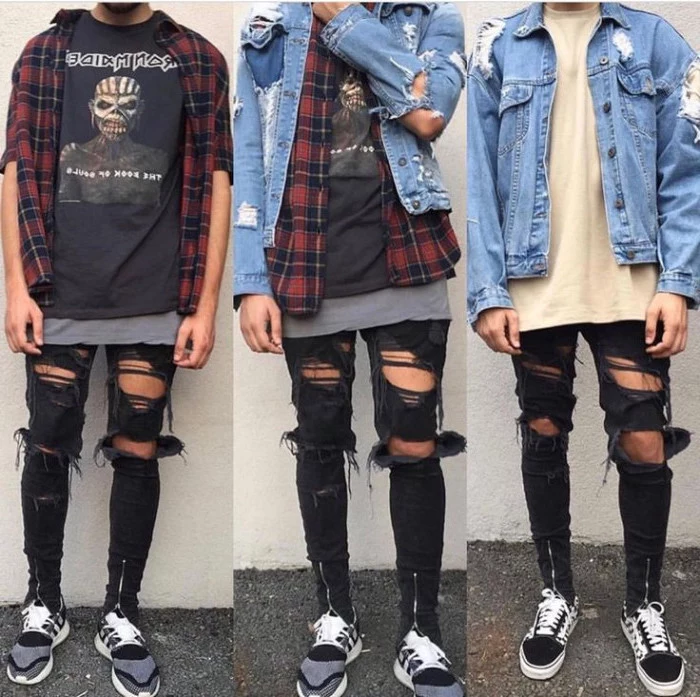
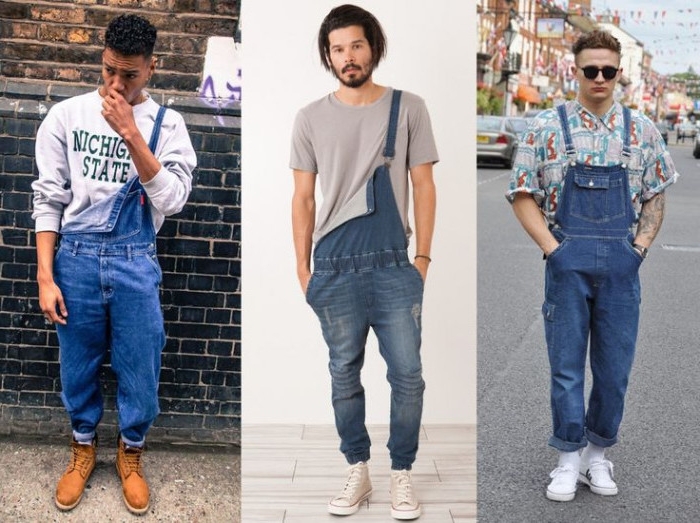
Cargo Pants vs. Carpenter Jeans: Though both are utilitarian, they had different vibes. Cargo Pants, with their signature side pockets, were linked to rave culture and military surplus, often in khaki or camo. Carpenter Jeans, from brands like Dickies or Carhartt, featured a hammer loop and simpler side pockets, and were central to skate and workwear-inspired street style.
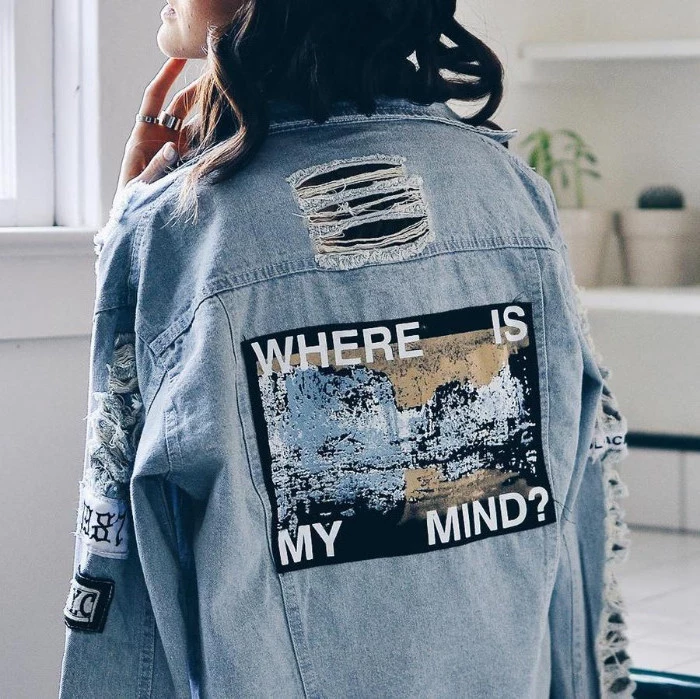
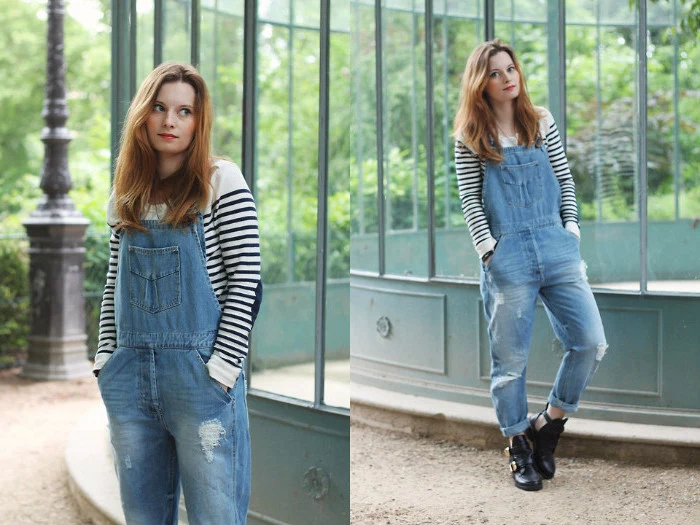
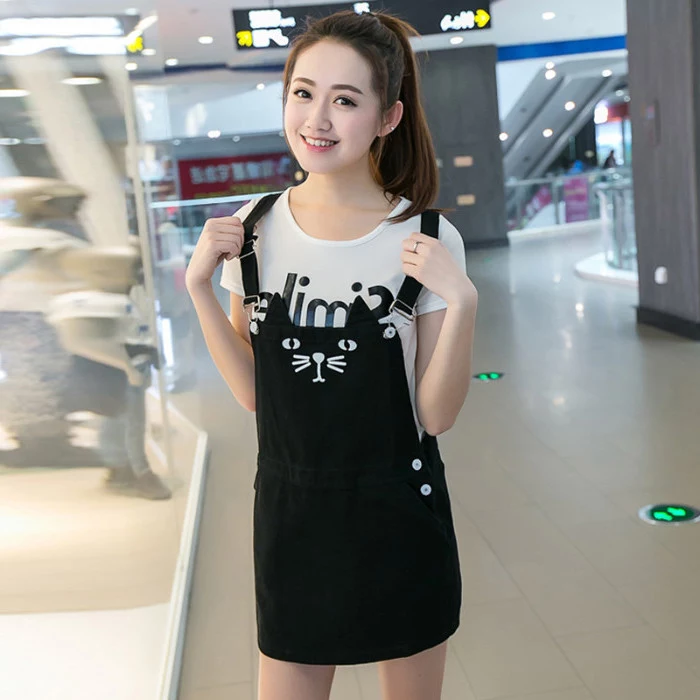
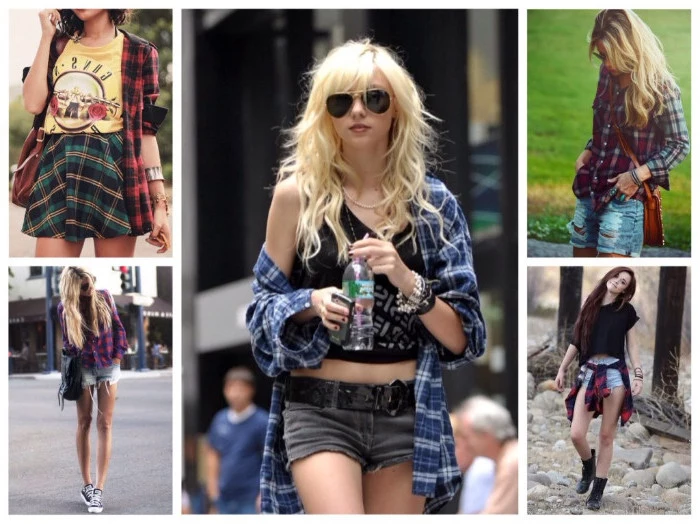
The rise of street and skate culture birthed its own iconic brands. It wasn’t about high fashion; it was about authenticity from the ground up.
- Stüssy: Started in surf culture but was adopted by skaters and hip-hop artists, becoming a global streetwear pioneer.
- Fuct: Known for its provocative, anti-establishment graphics that often parodied pop culture.
- Supreme: Founded in ’94, it quickly became the heart of New York skate culture.
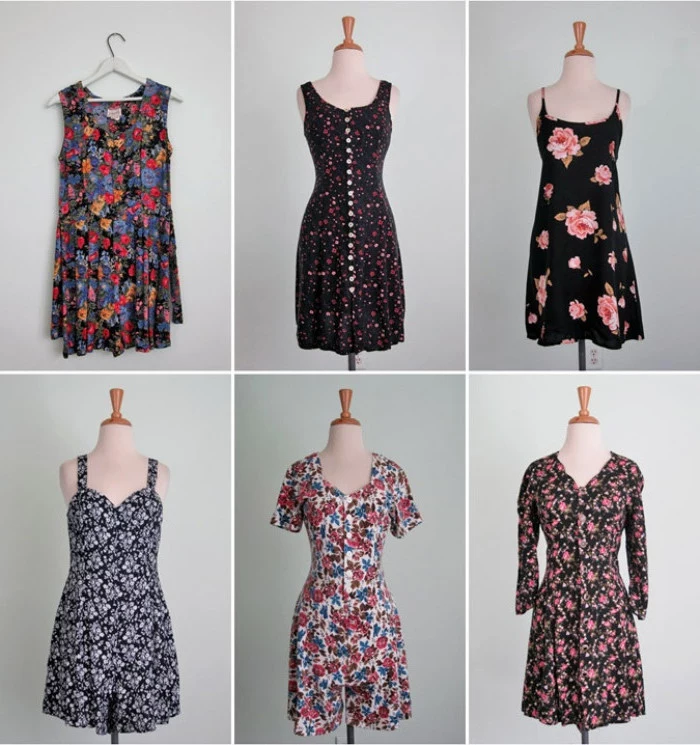
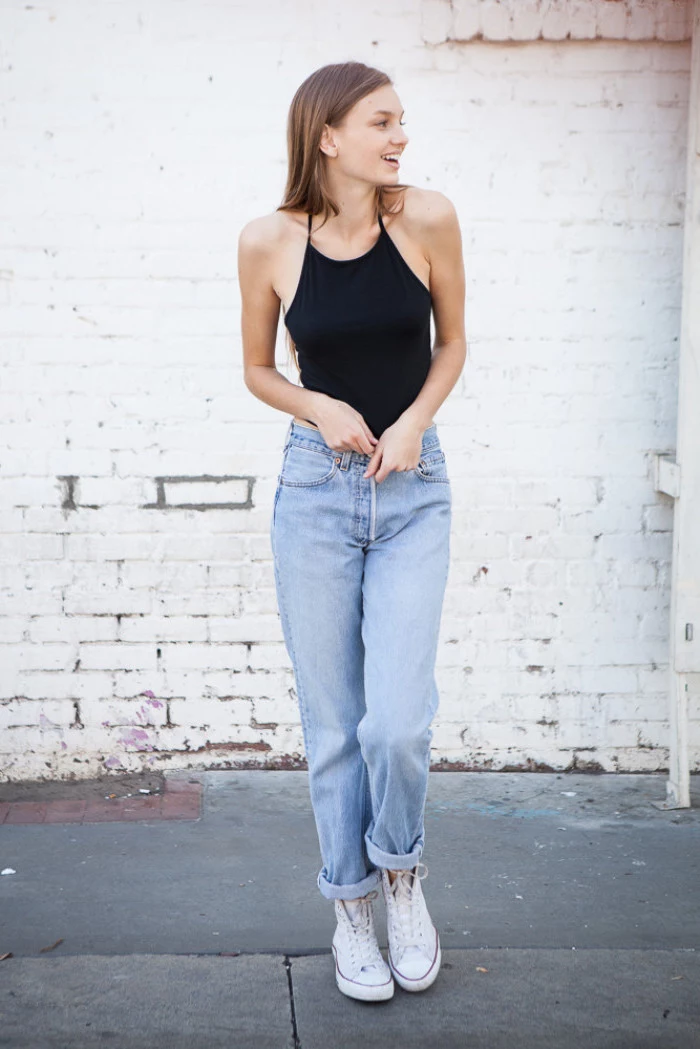
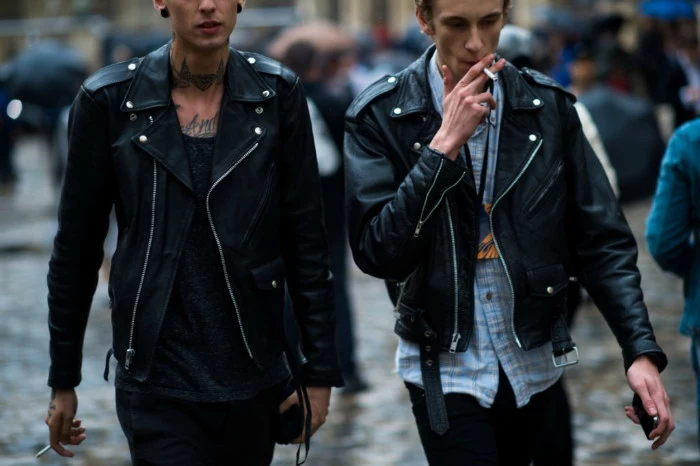
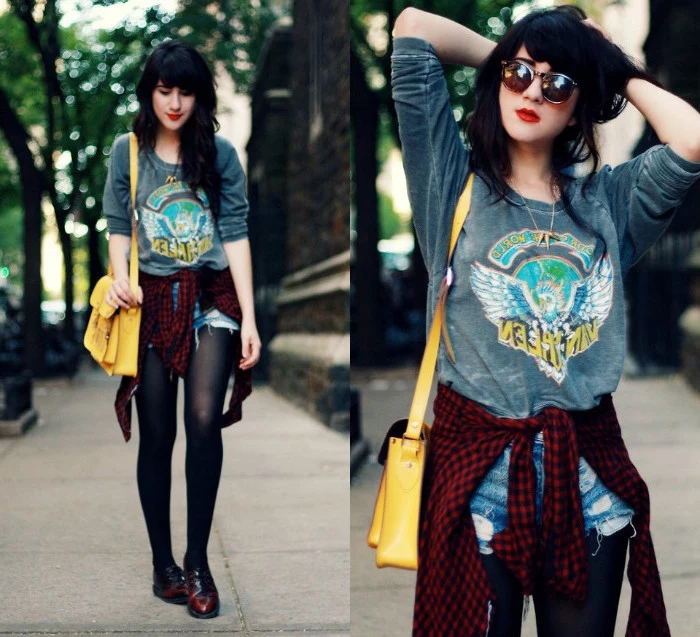
The ‘Rachel’ haircut debuted on *Friends* in 1995 and became one of the most requested hairstyles of the decade.
But hair was incredibly diverse. Think of Gwen Stefani’s playful space buns and bindis, Janet Jackson’s iconic box braids in *Poetic Justice*, or the simple, center-parted locks of the minimalist movement. The key wasn’t one single style, but having a distinct, intentional ‘do.
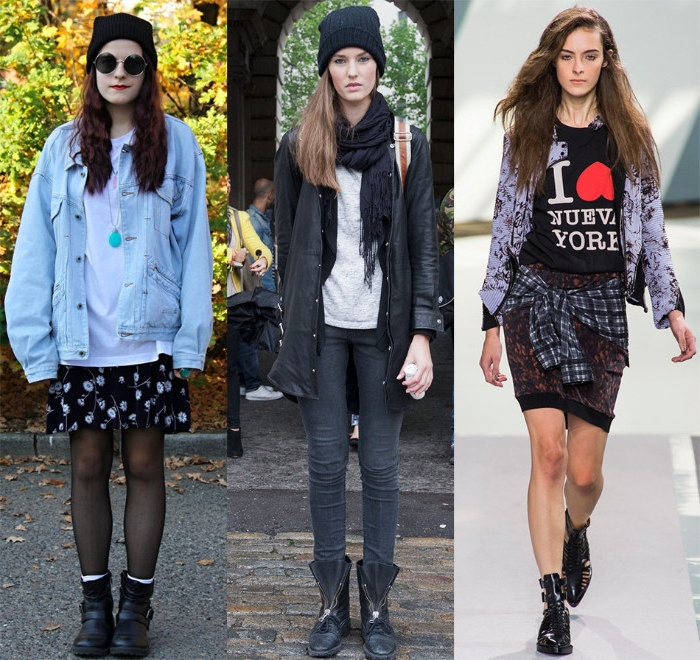
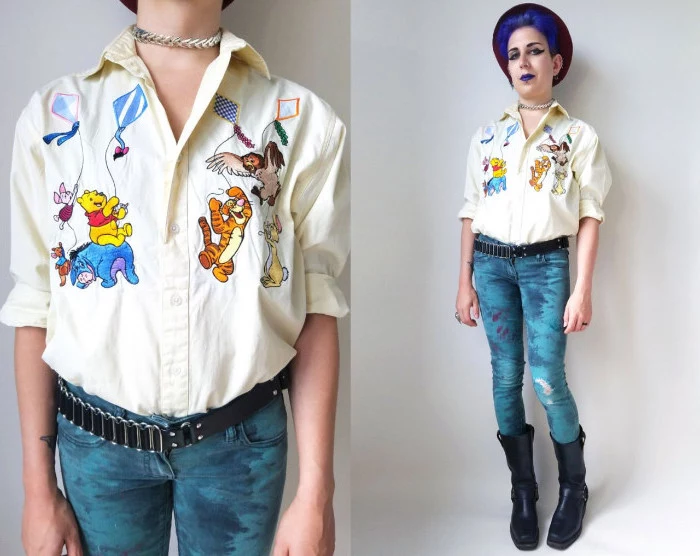
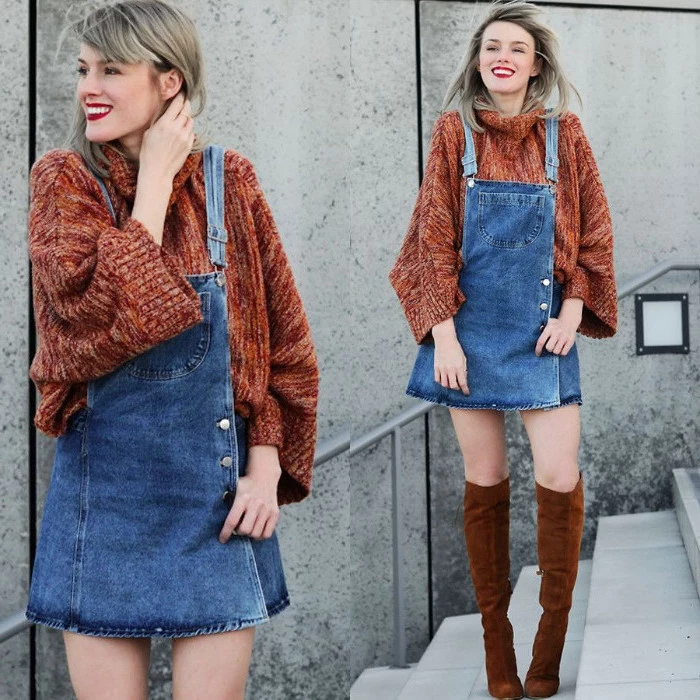
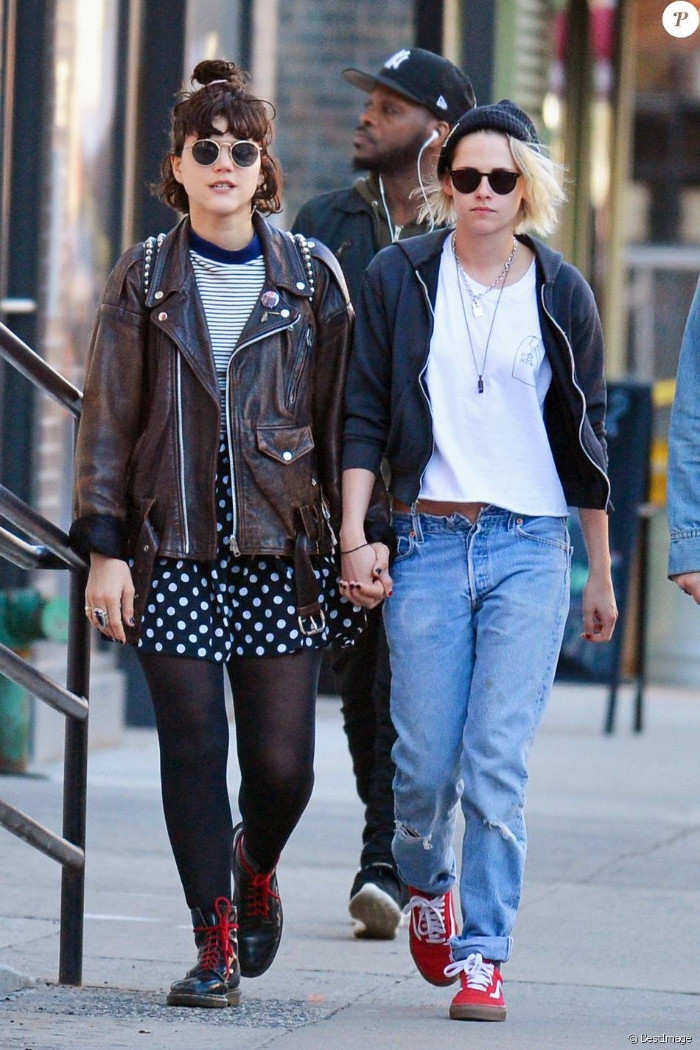
A key mistake: Thinking all oversized fits were the same. The grunge look involved strategic layering—a fitted baby tee under a huge, unbuttoned flannel, for example. Hip-hop style often paired an enormous t-shirt or jersey with equally baggy jeans. It wasn’t about just buying everything three sizes too big; it was a conscious play on proportions.
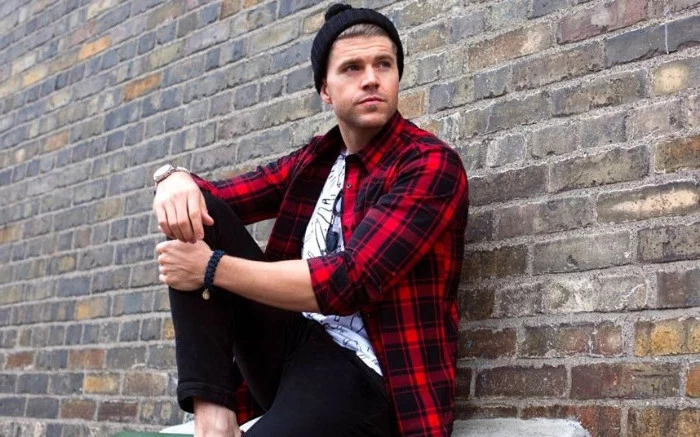
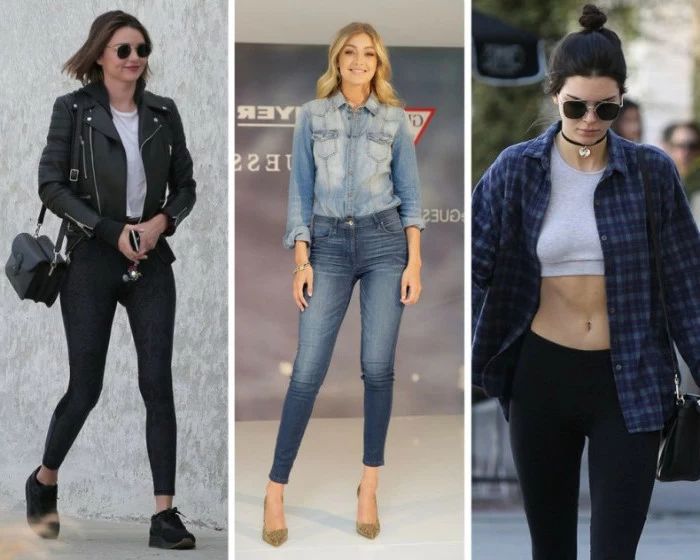
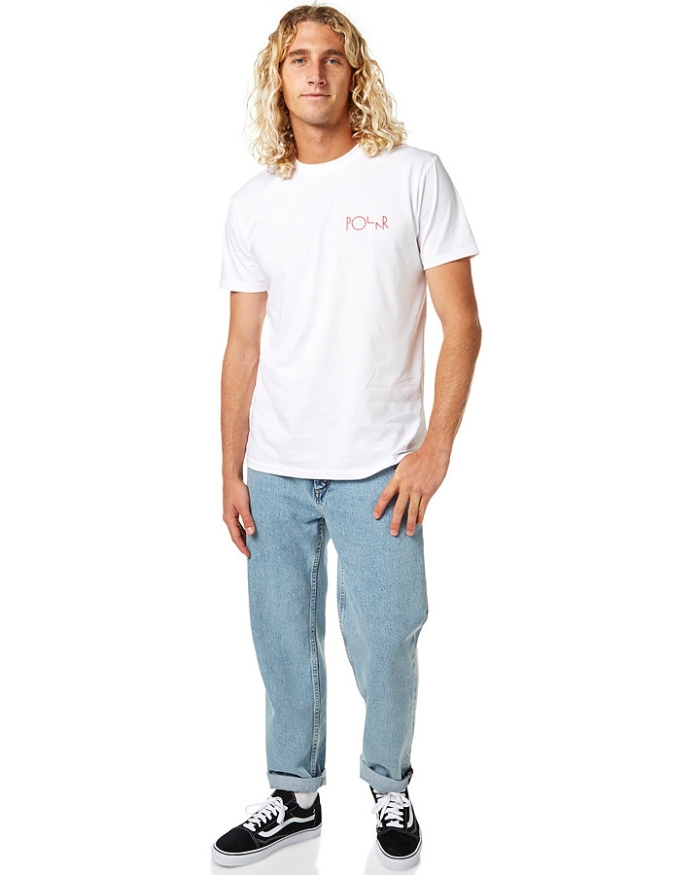

The original Beverly Hills, 90210 ran from 1990 to 2000, and its wardrobe department defined an entire aesthetic.
The show was a masterclass in West Coast style. It showcased everything from Dylan McKay’s brooding James Dean-inspired look of perfect white tees and worn-in jeans to Brenda and Kelly’s high-waisted shorts, floral dresses, and power blazers. It was a polished, sun-kissed counterpoint to Seattle’s grunge scene.
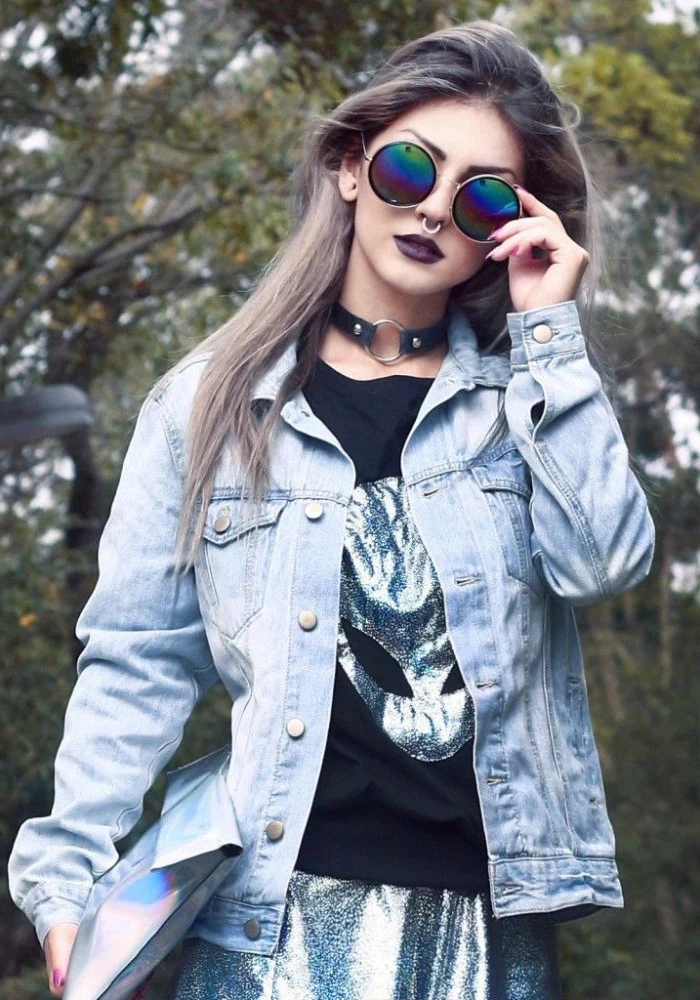
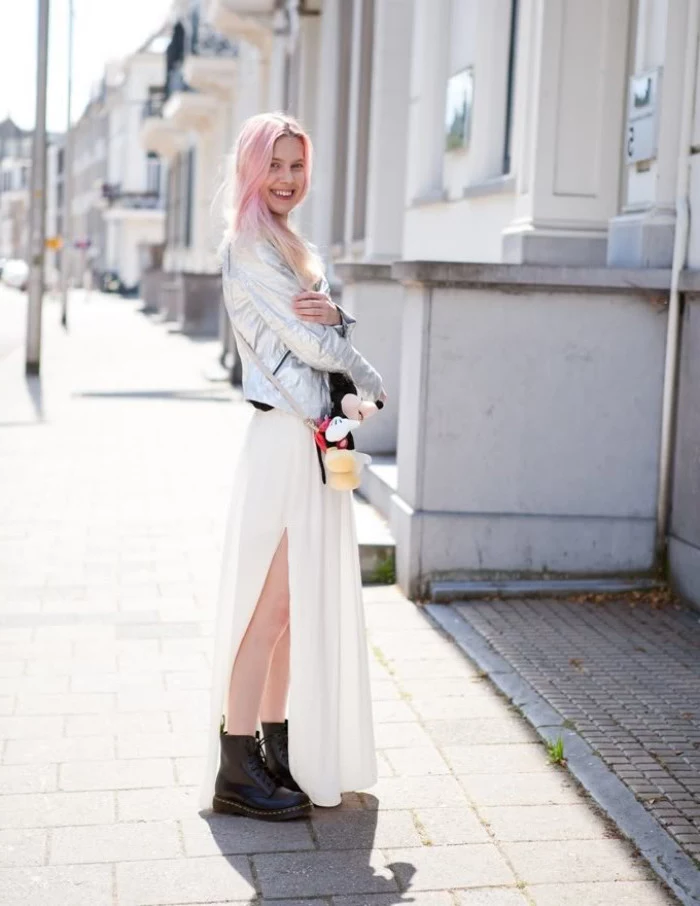
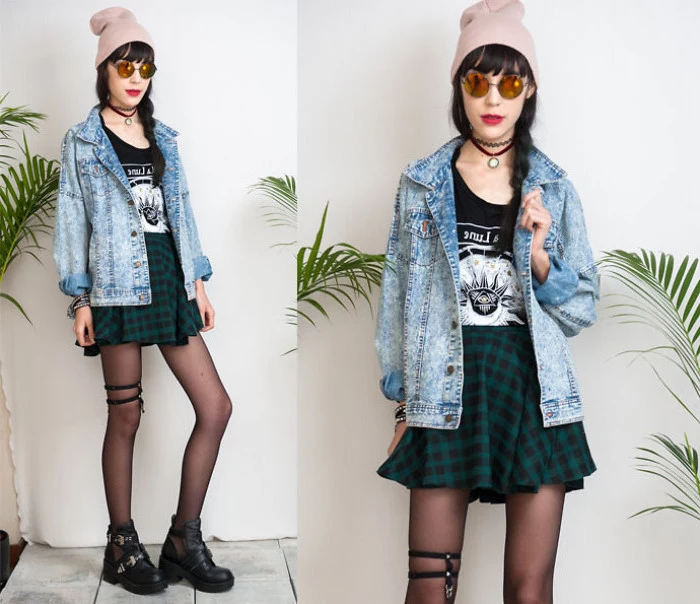
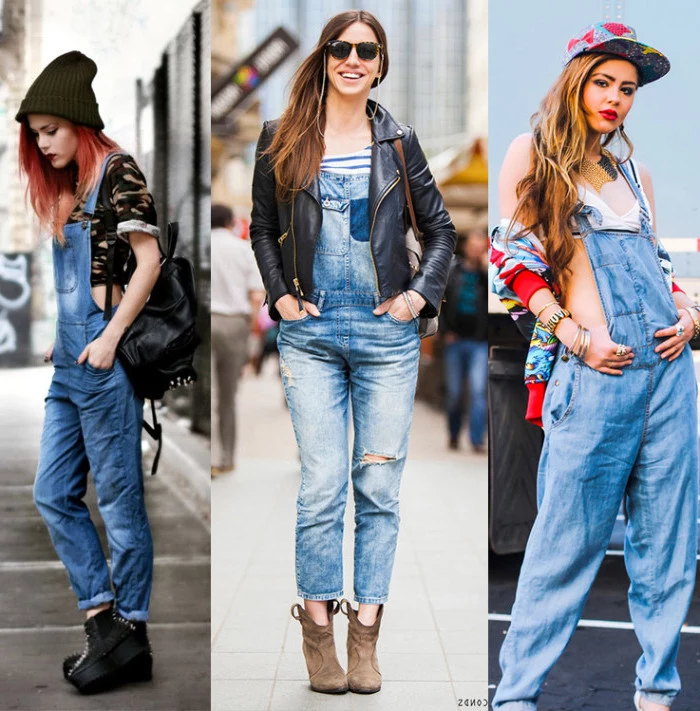
What about the fleece?
Before it became standard suburban wear, the fleece pullover was a 90s staple rooted in outdoor and grunge culture. Brands like Patagonia (with their classic Snap-T) and The North Face were the authentic choice. The look was about function and a certain anti-fashion sentiment, worn oversized and often sourced from thrift stores, adding a layer of cozy, utilitarian texture.
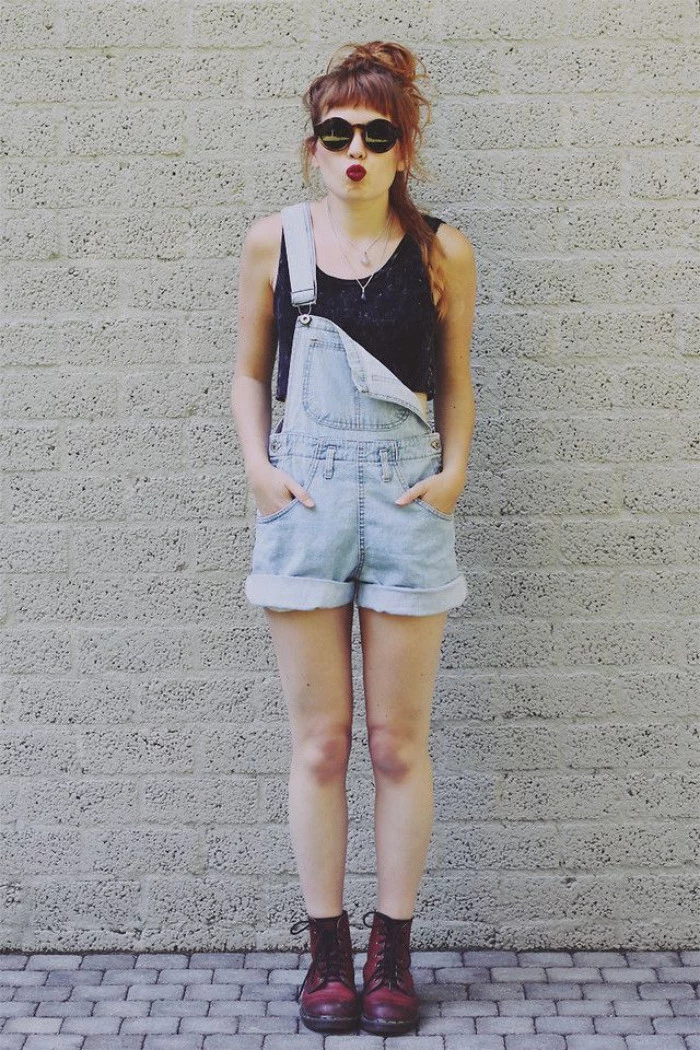
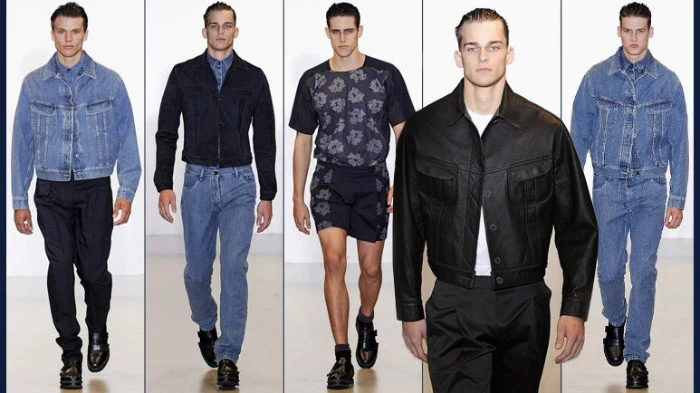

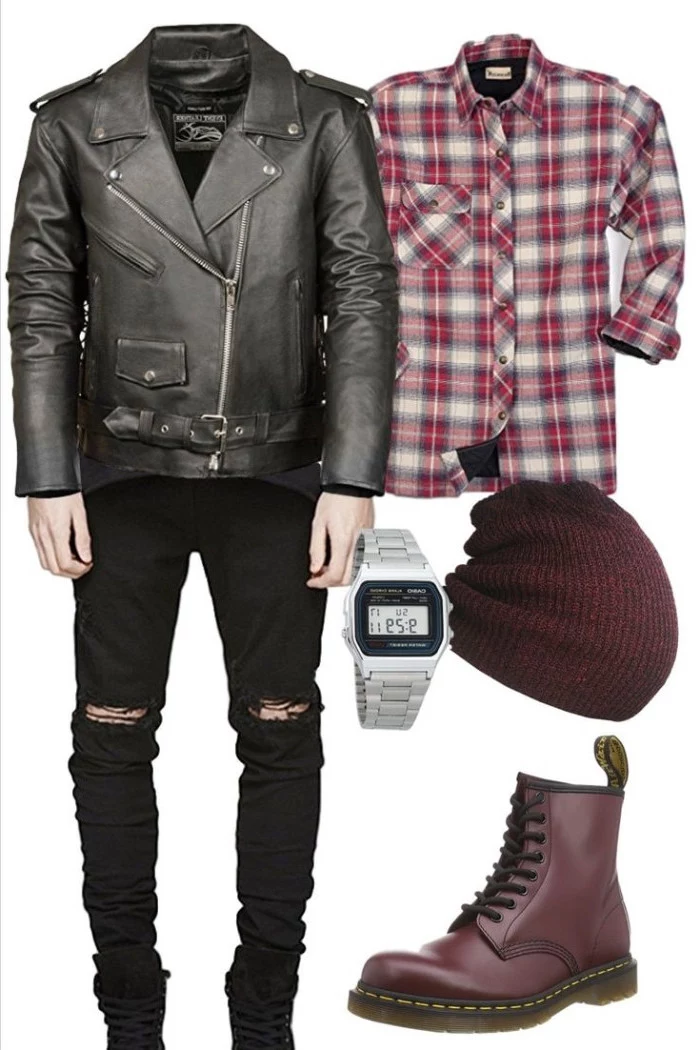
Flannel vs. Plaid: A common mix-up. Flannel is a soft, woven fabric, usually made of cotton, known for its warmth and comfort. Plaid (or tartan) is the pattern of crisscrossing horizontal and vertical bands in different colors. While most 90s grunge shirts were plaid flannels, you could have a solid-colored flannel or a plaid shirt made of a different, lighter cotton.
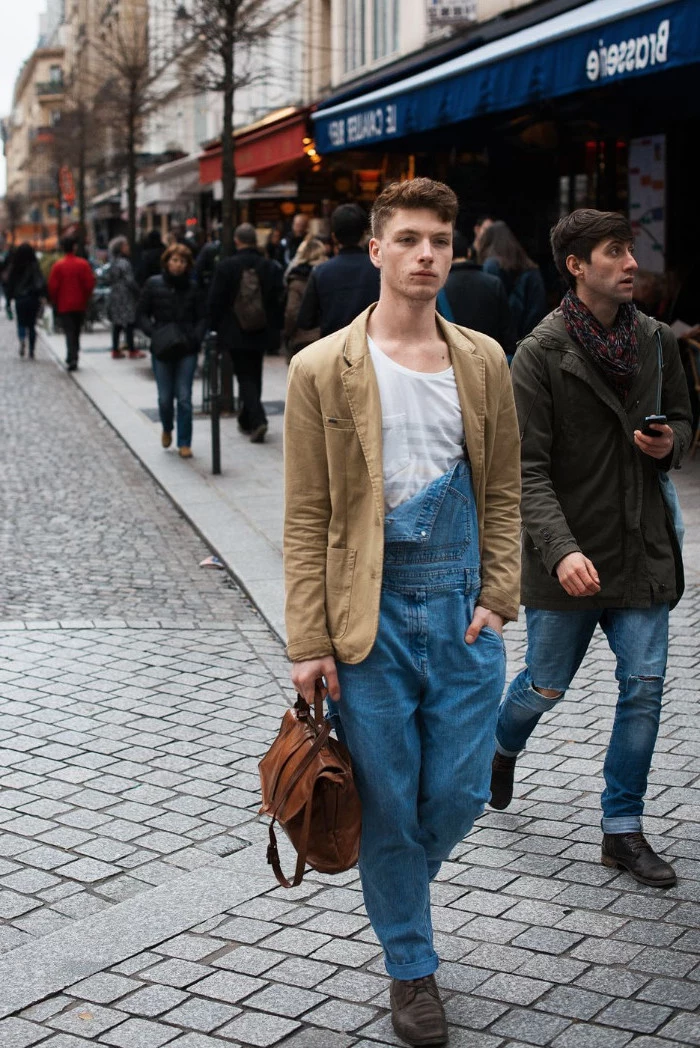
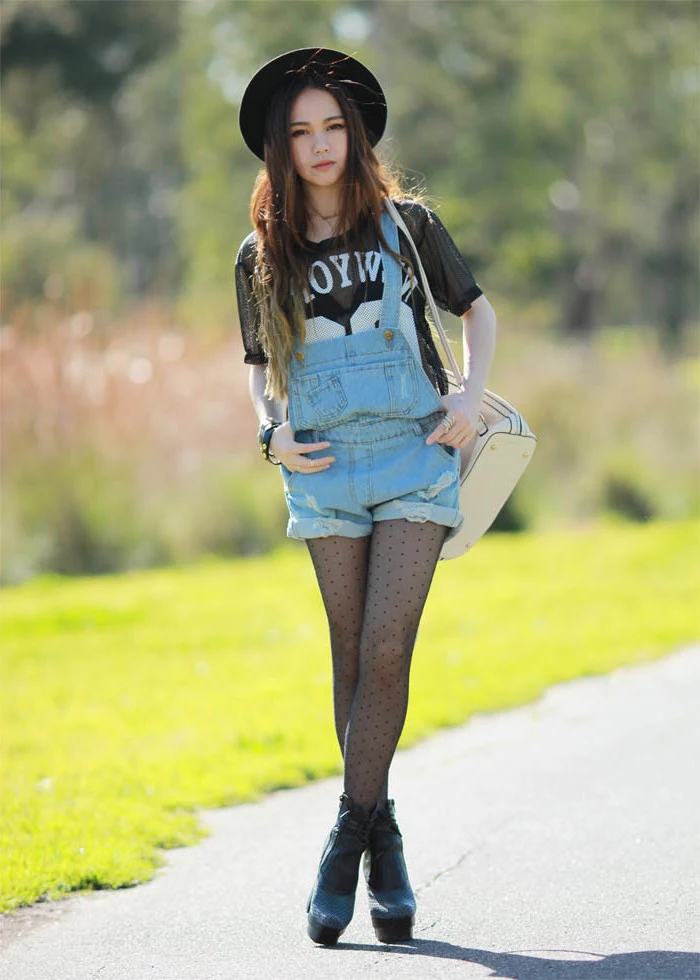
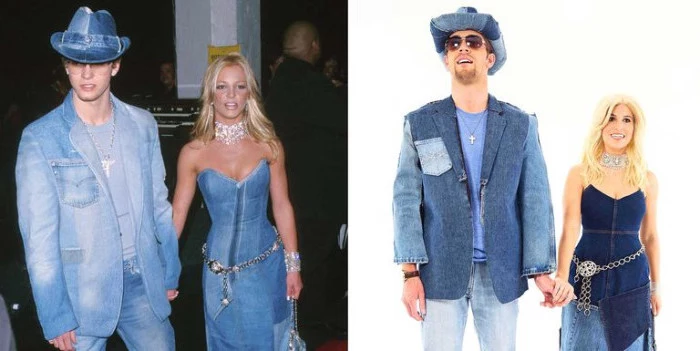
The finishing touch: The wallet chain. It crossed subcultural lines, from skaters to goths to grunge kids. The key was its casual drape from a belt loop to a back pocket. It wasn’t about showing off wealth; it was a utilitarian piece that became a subtle signifier of being part of an alternative scene. The weight and jingle were part of the whole sensory experience.










